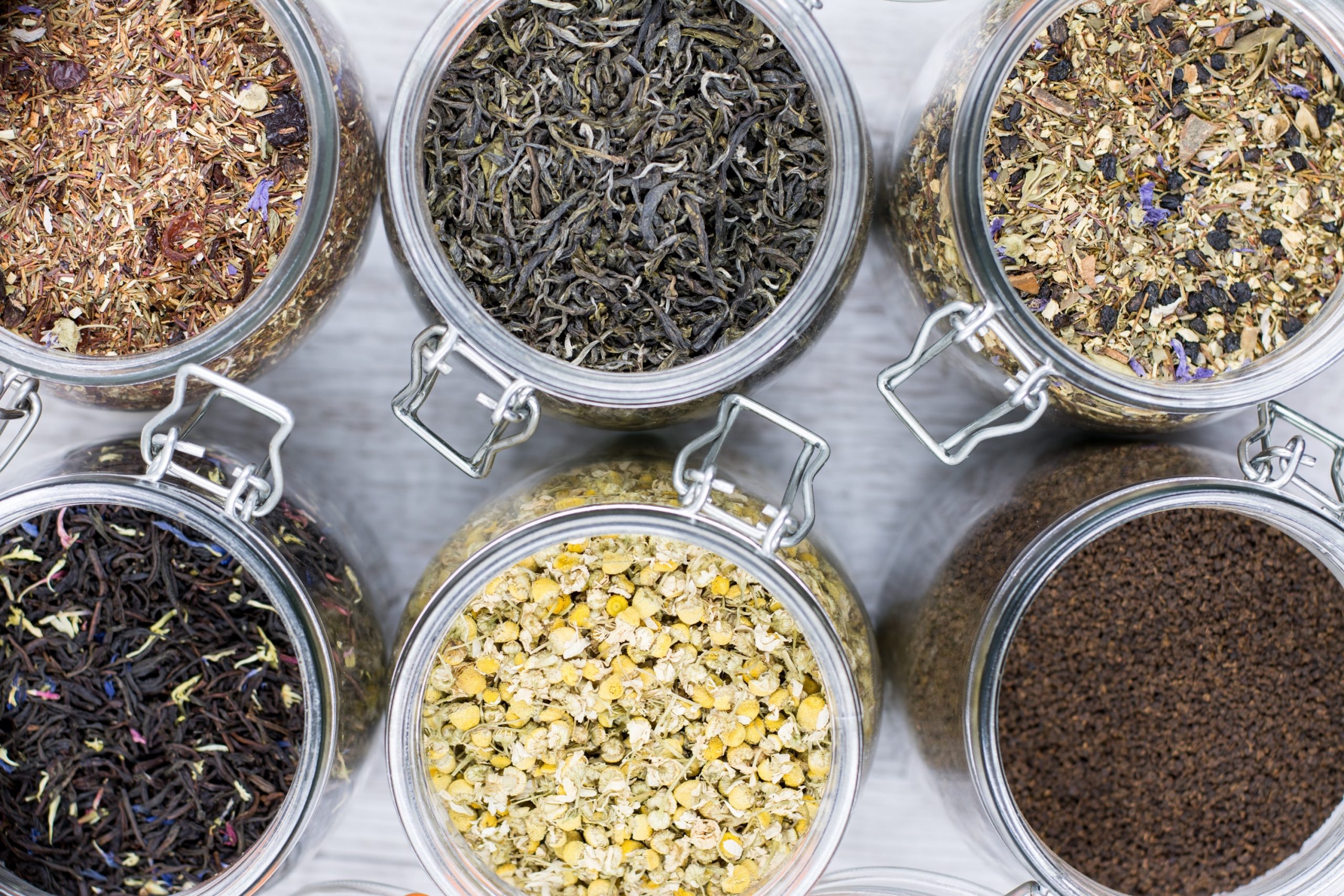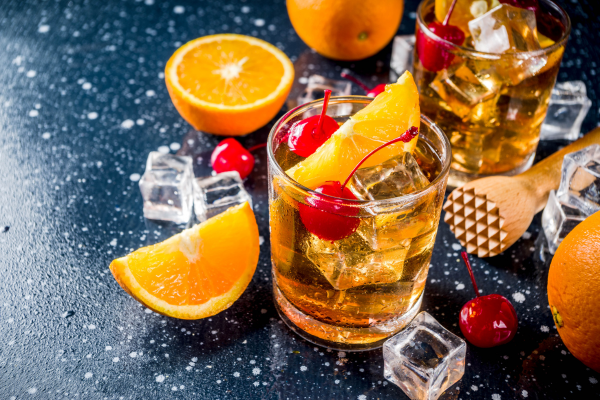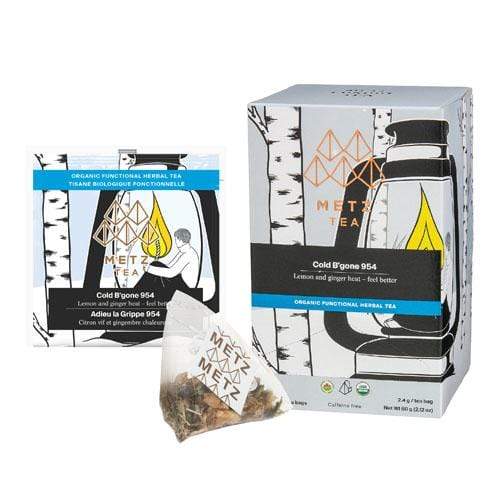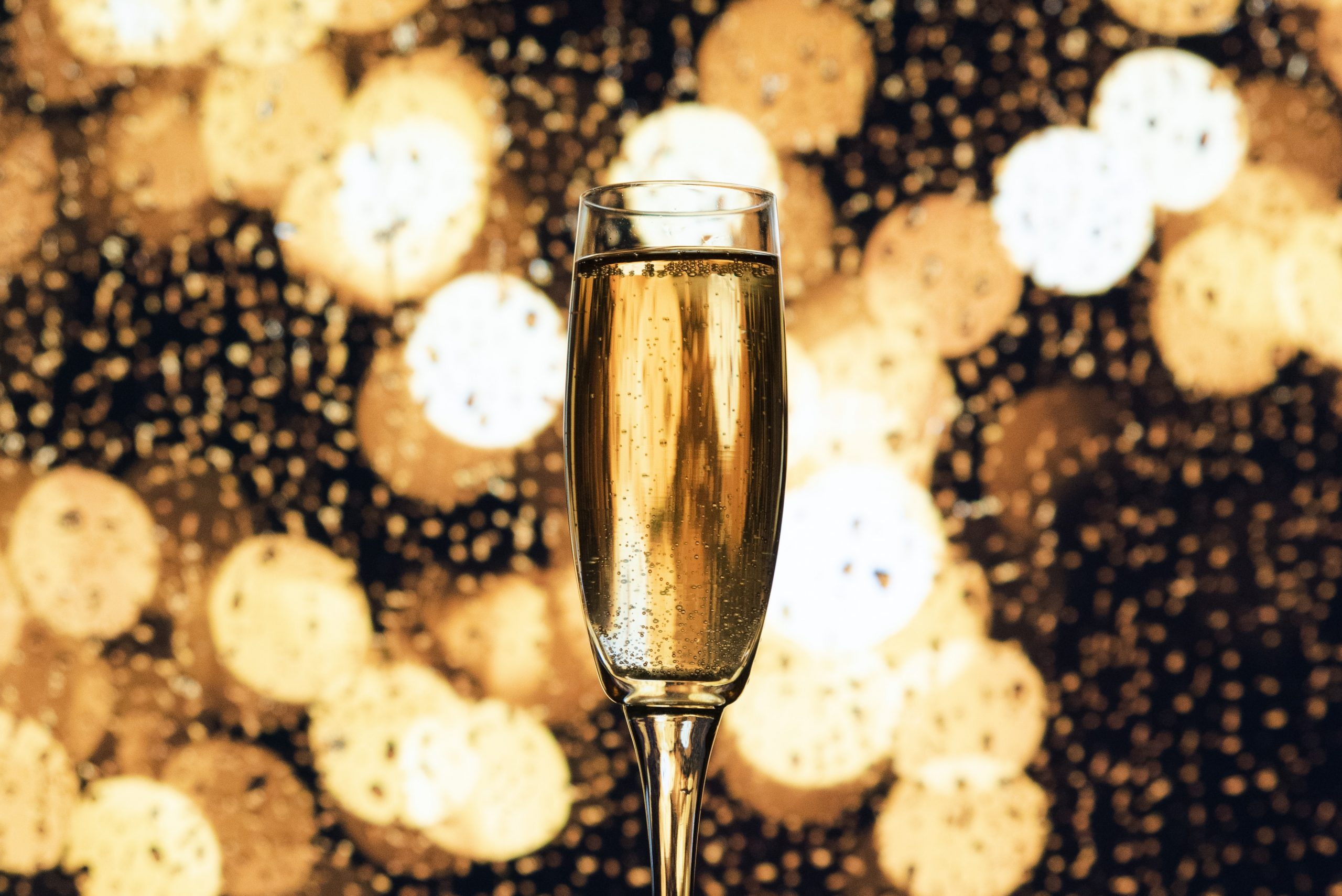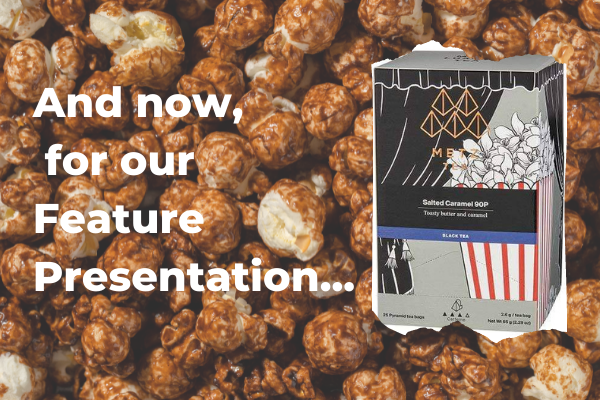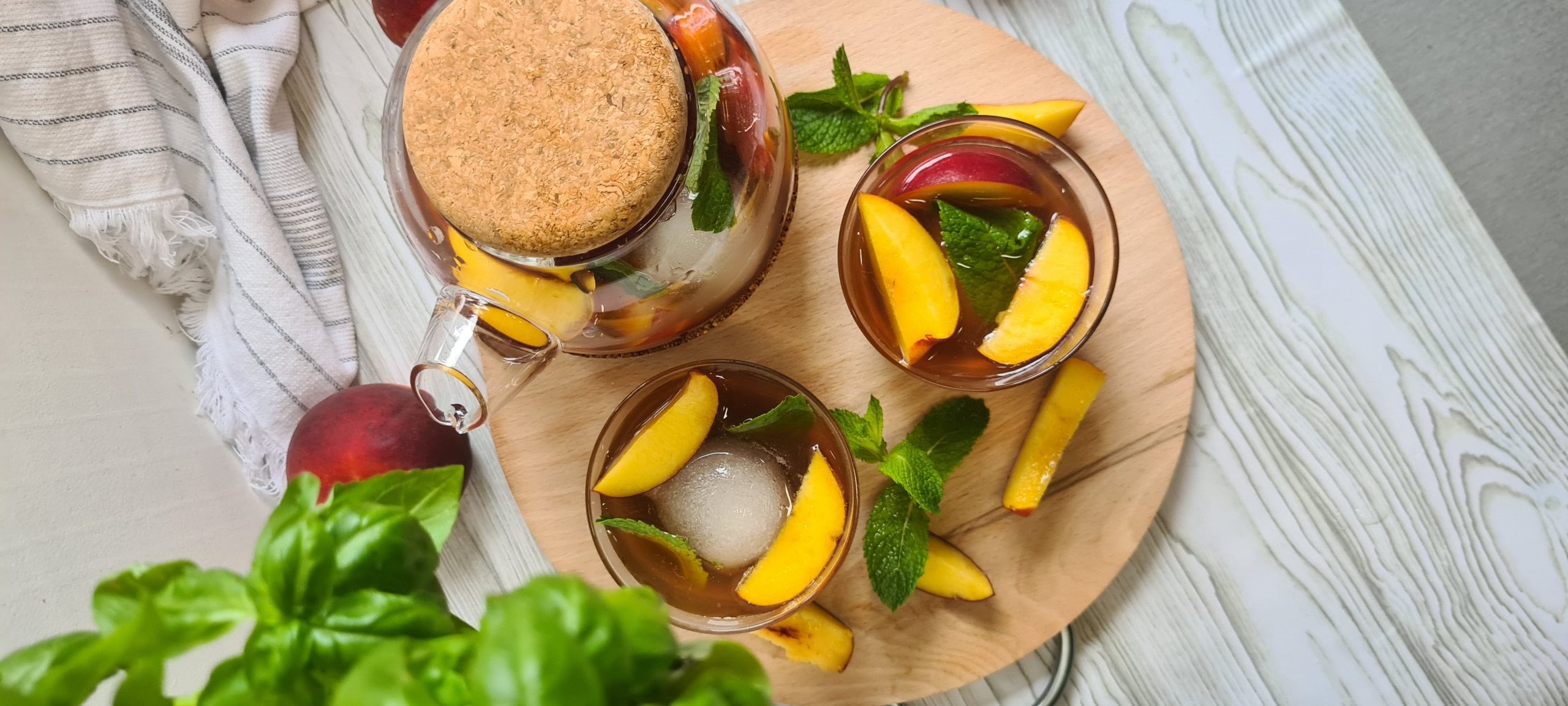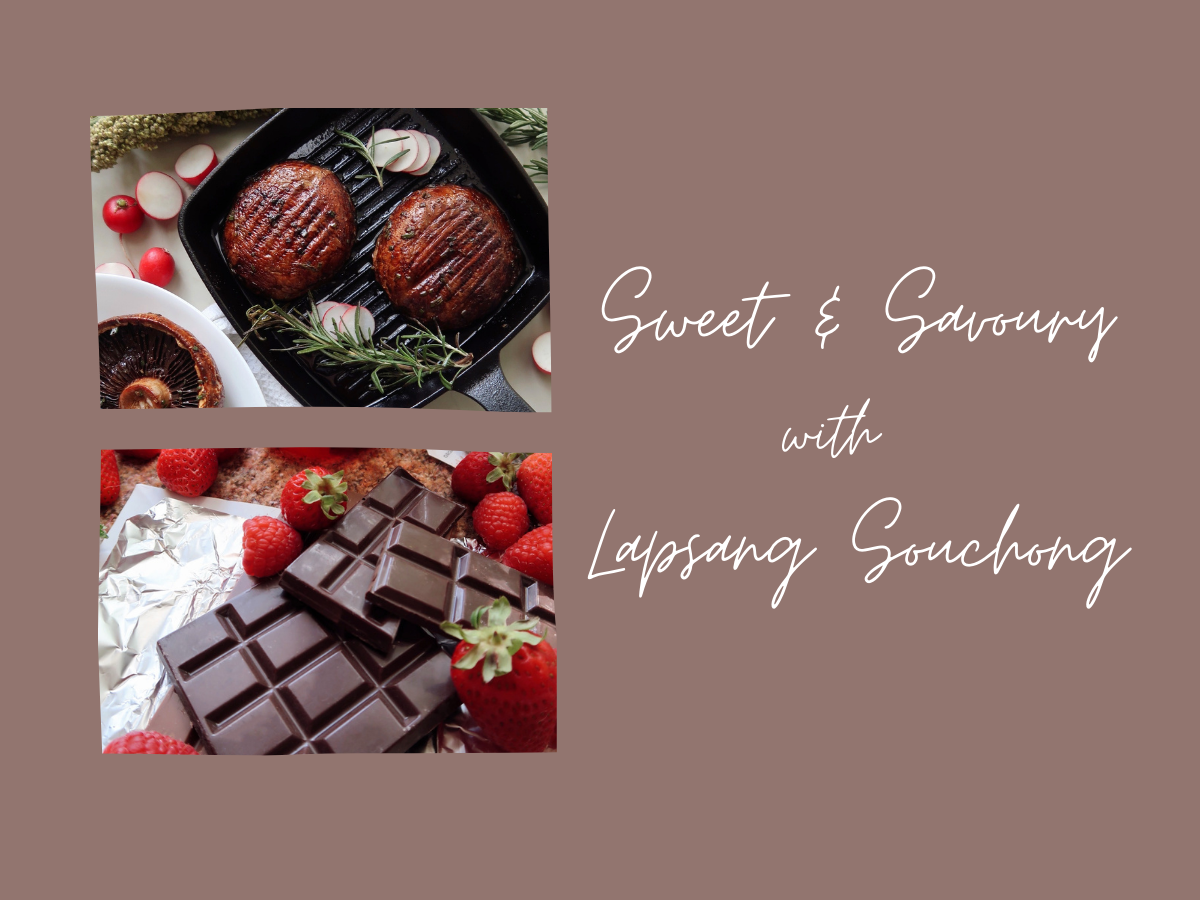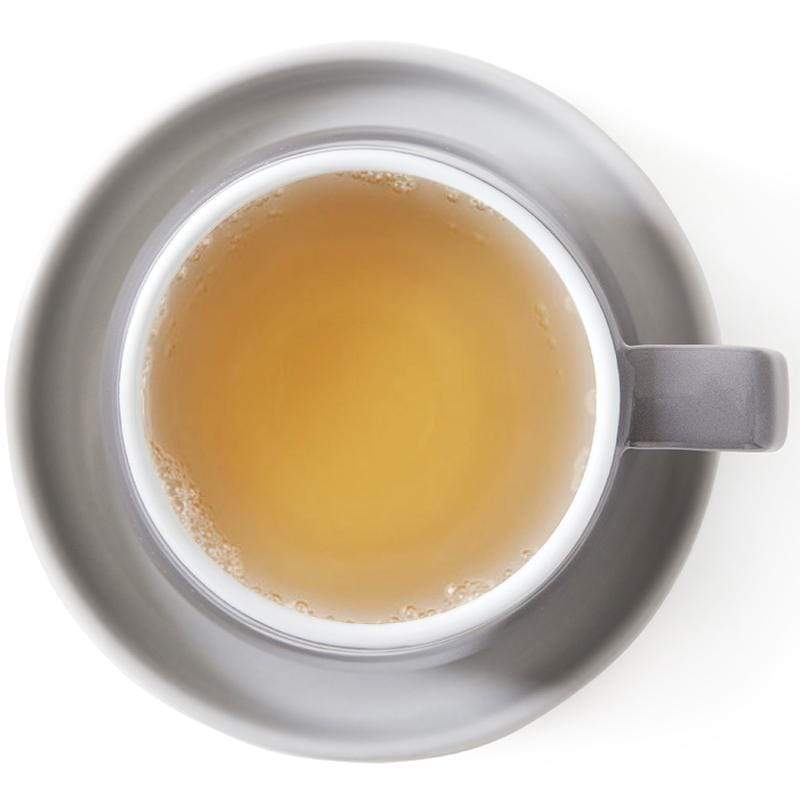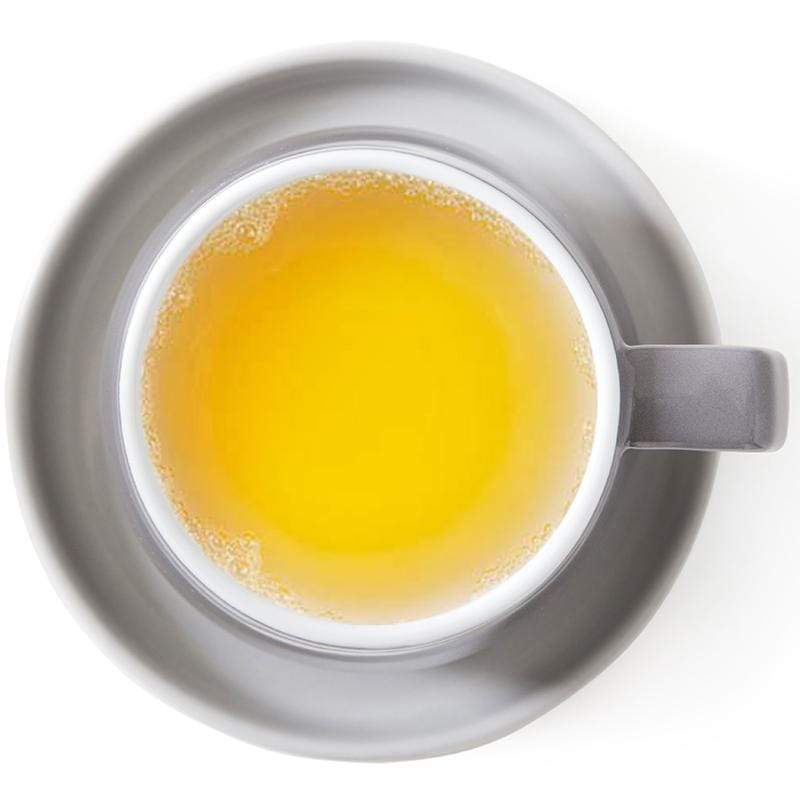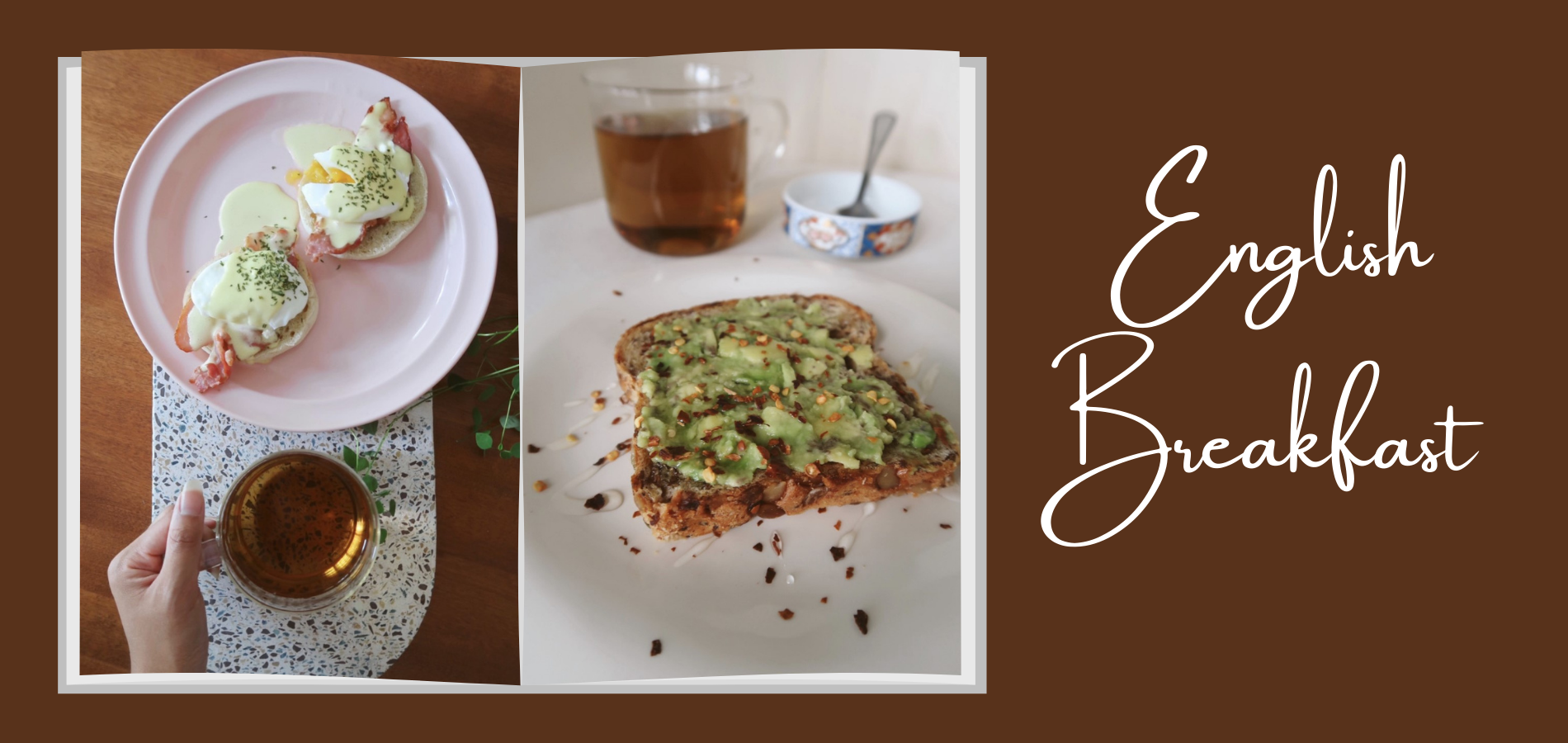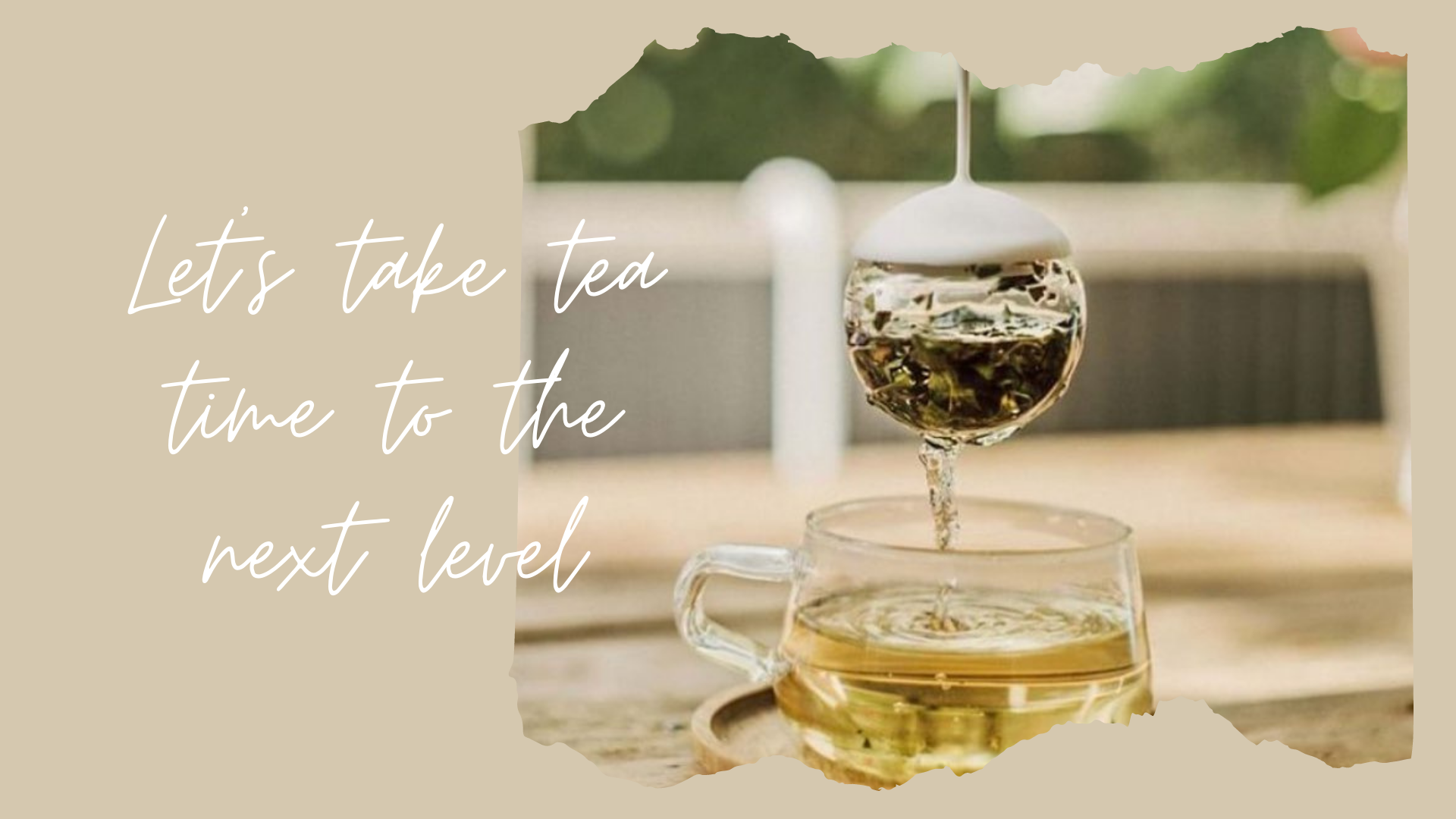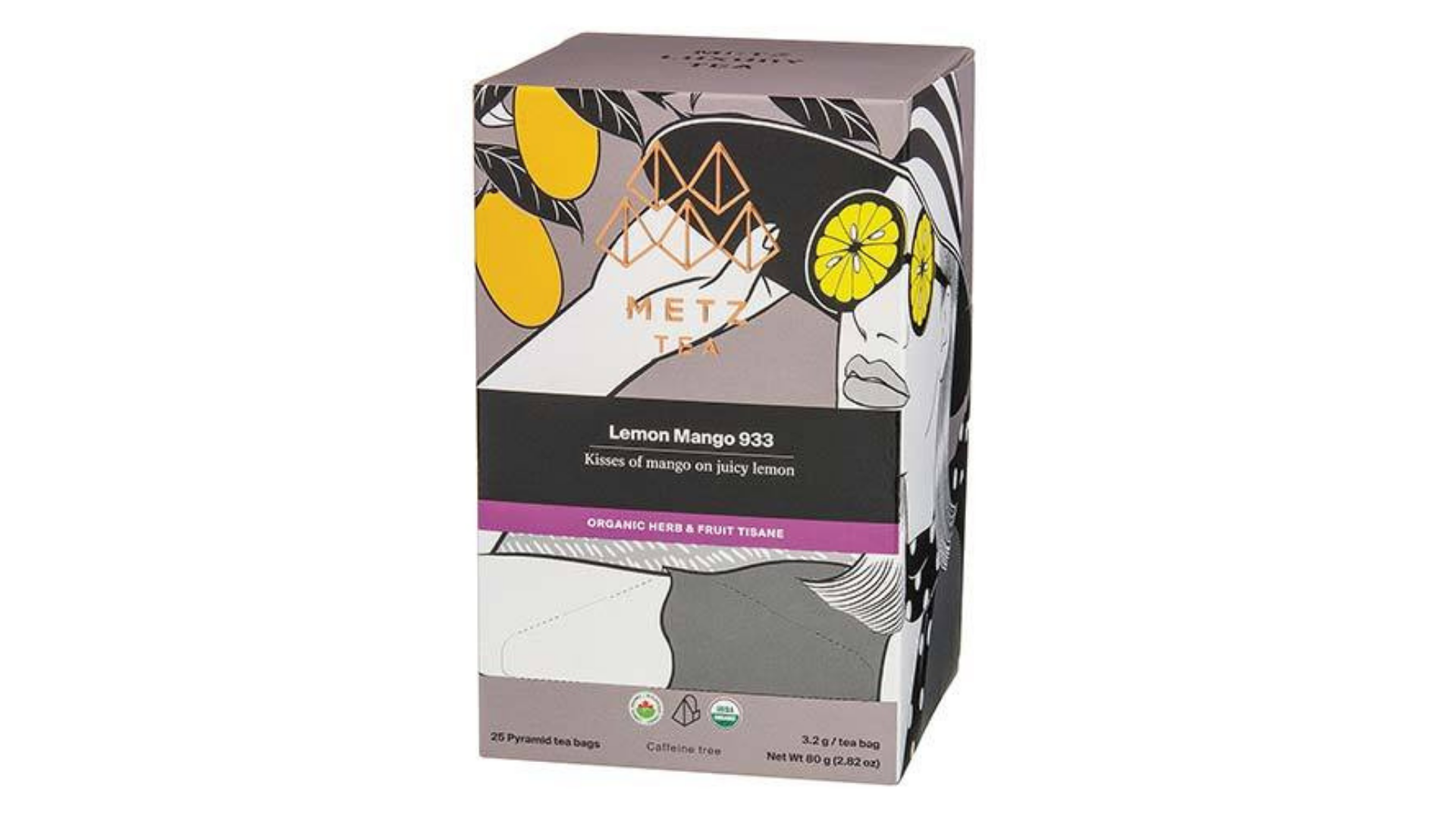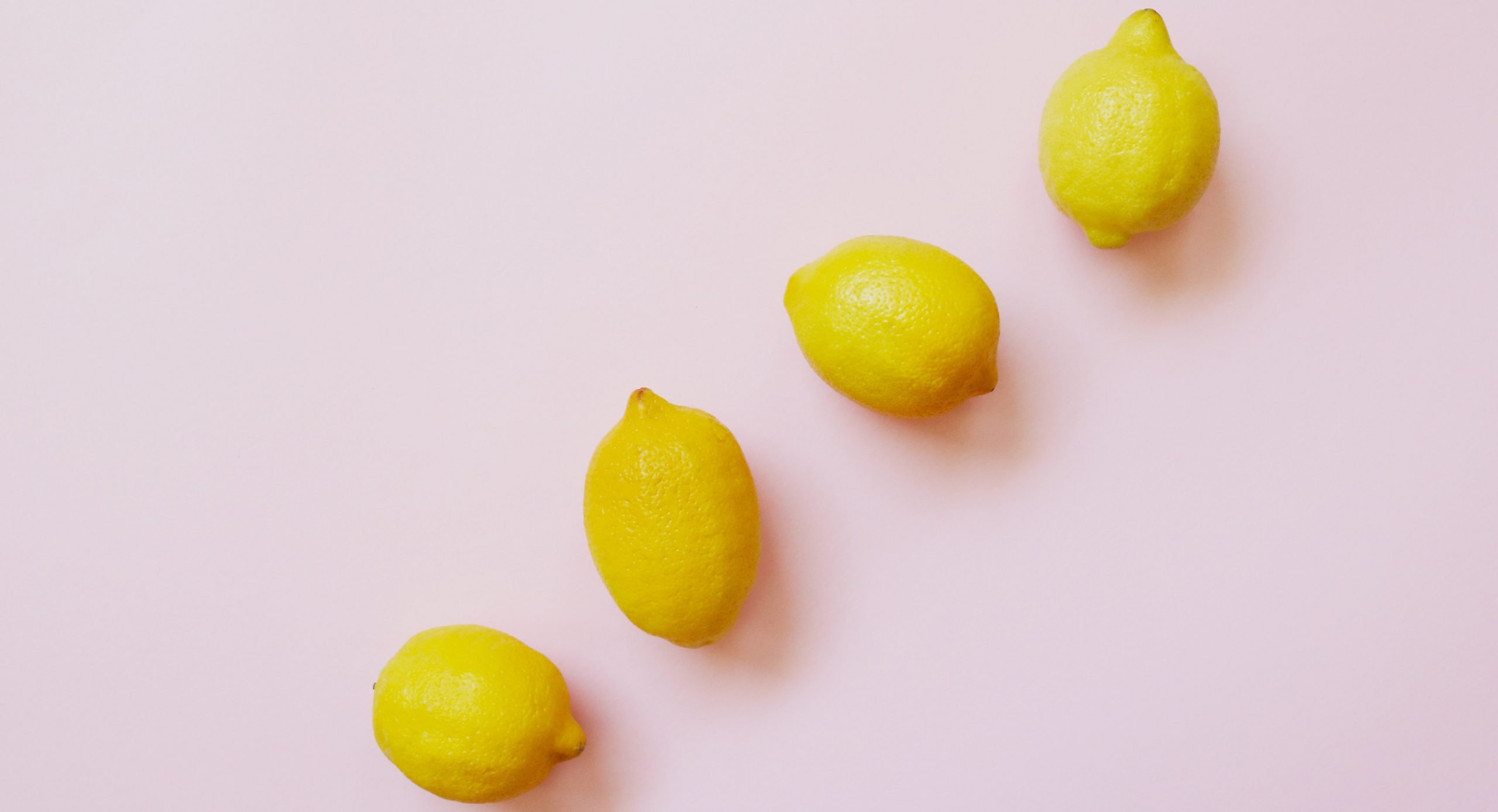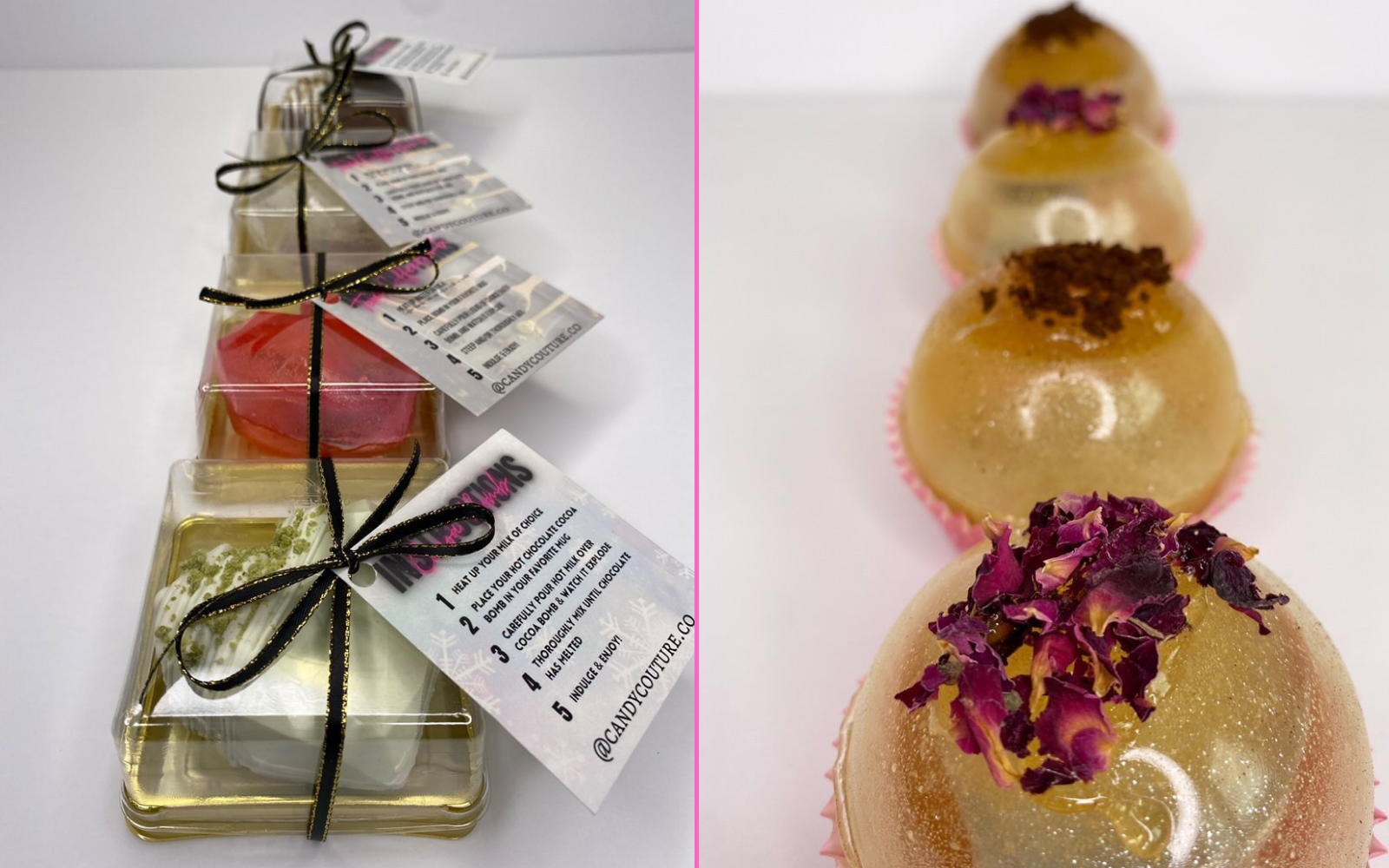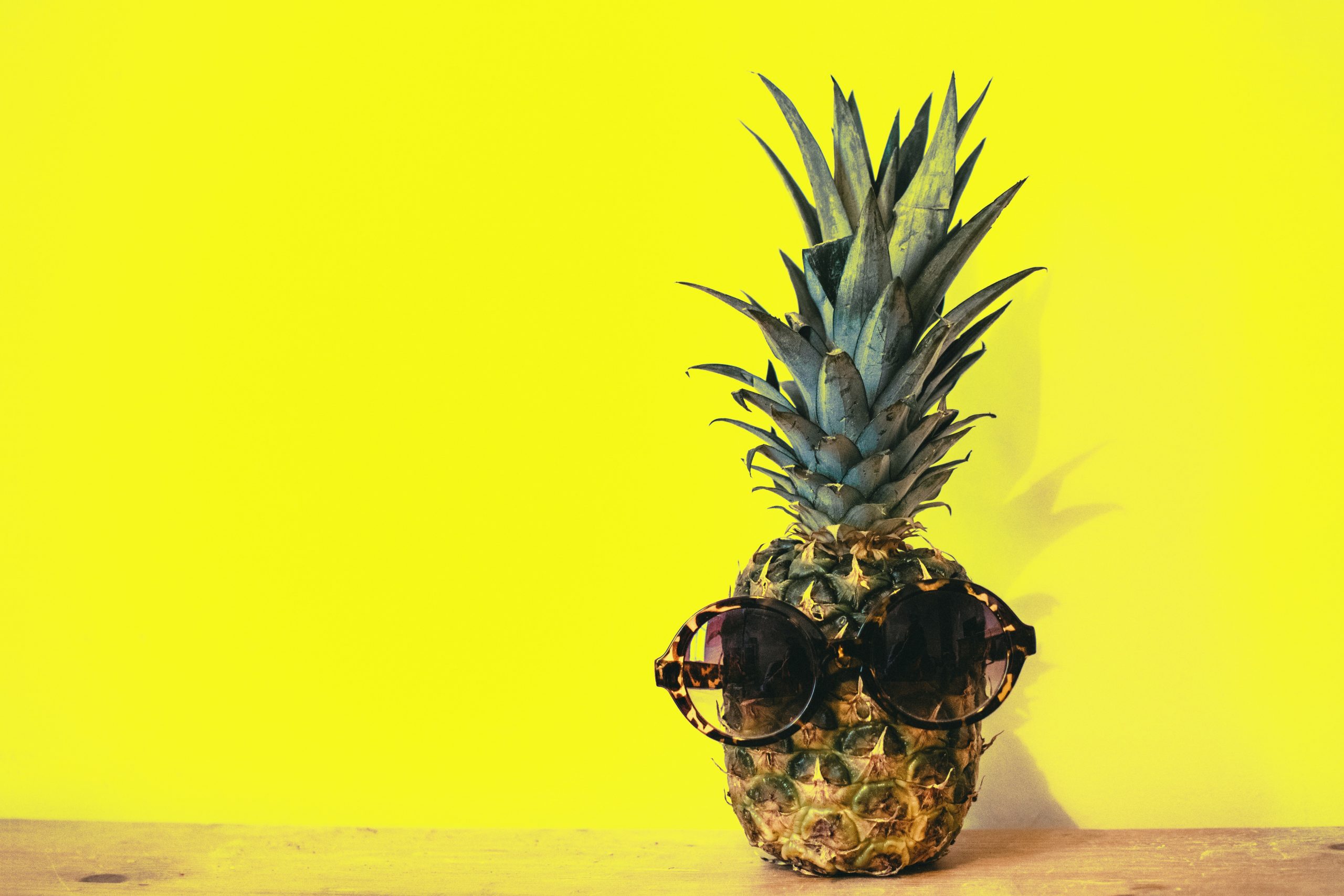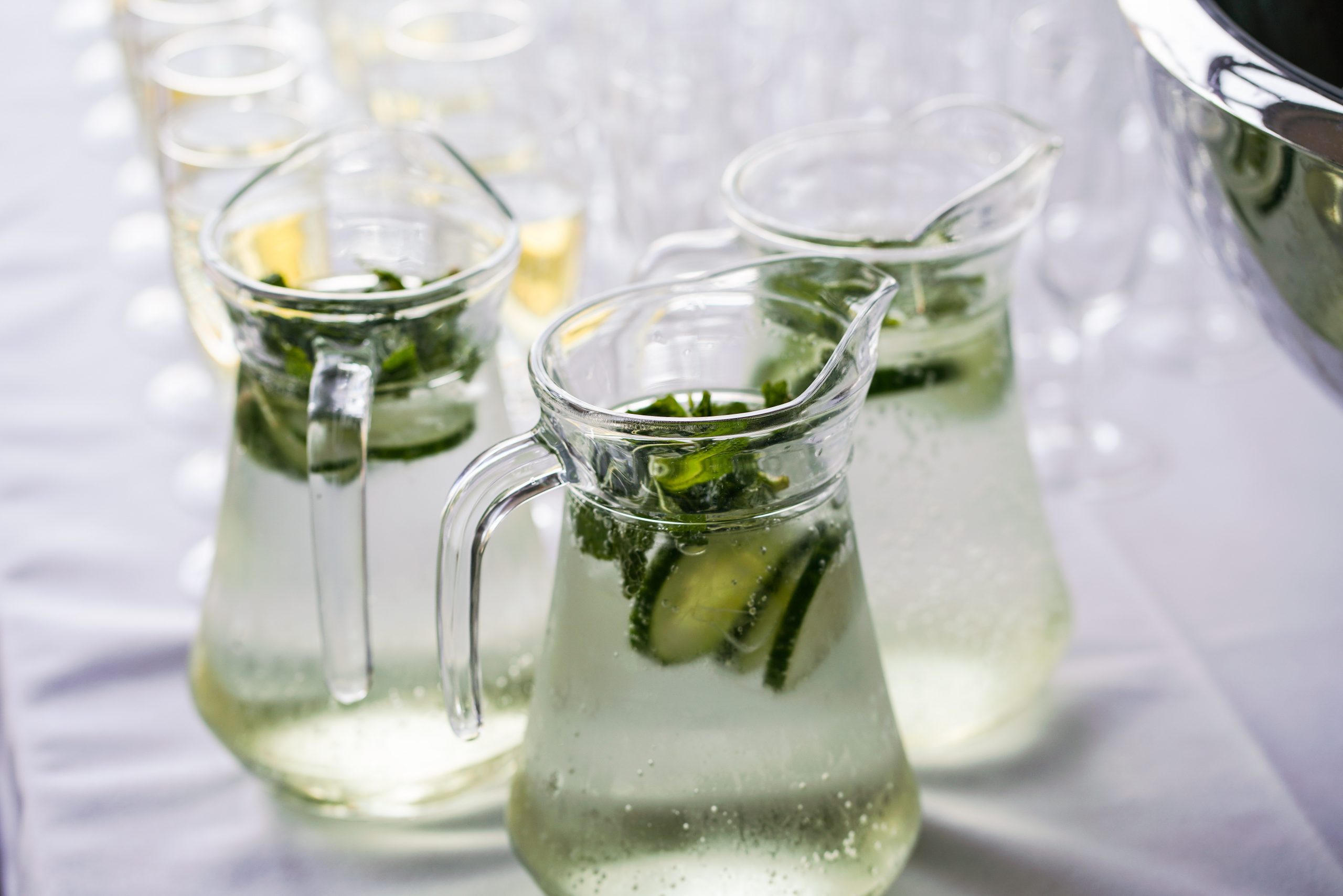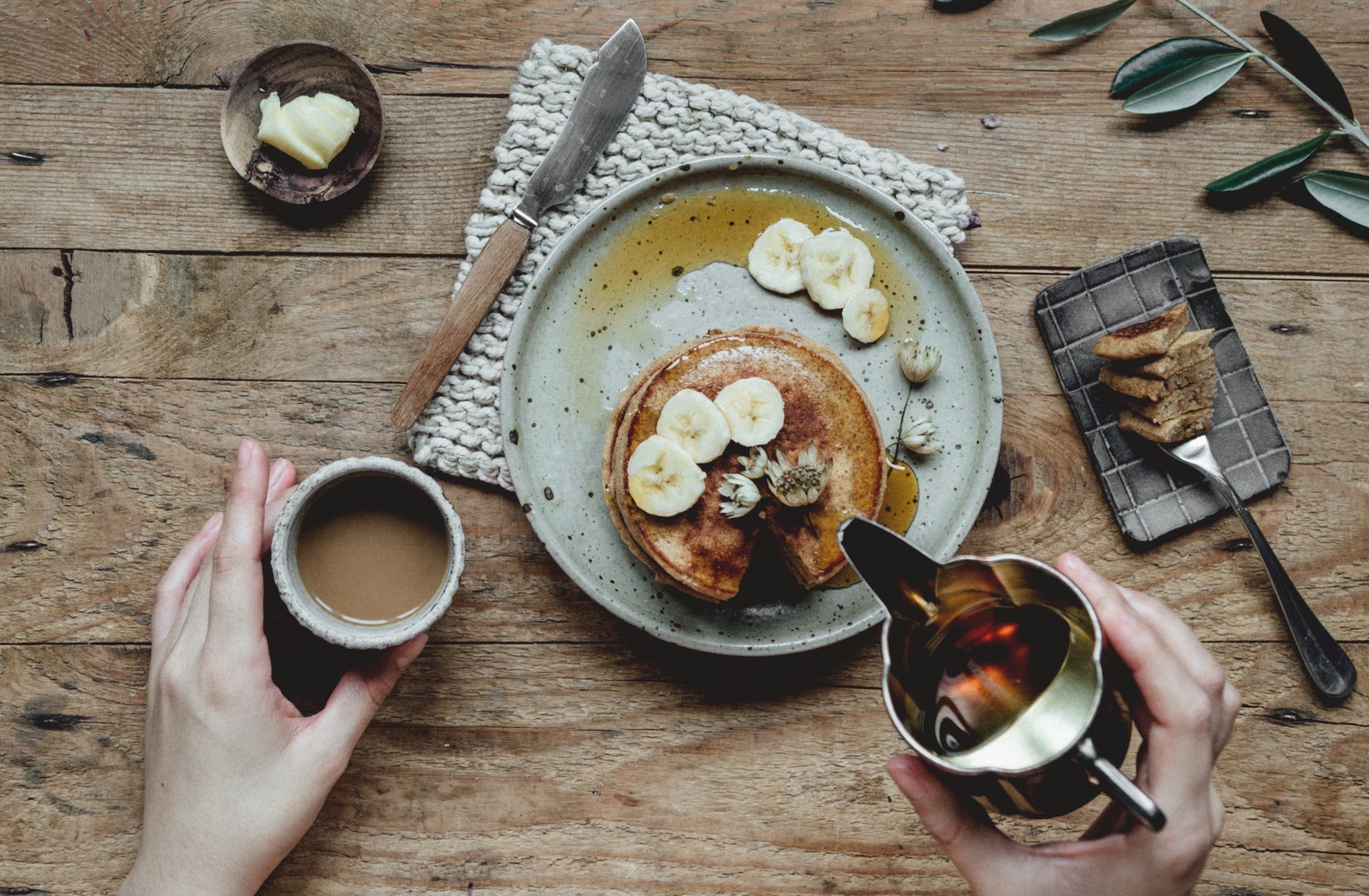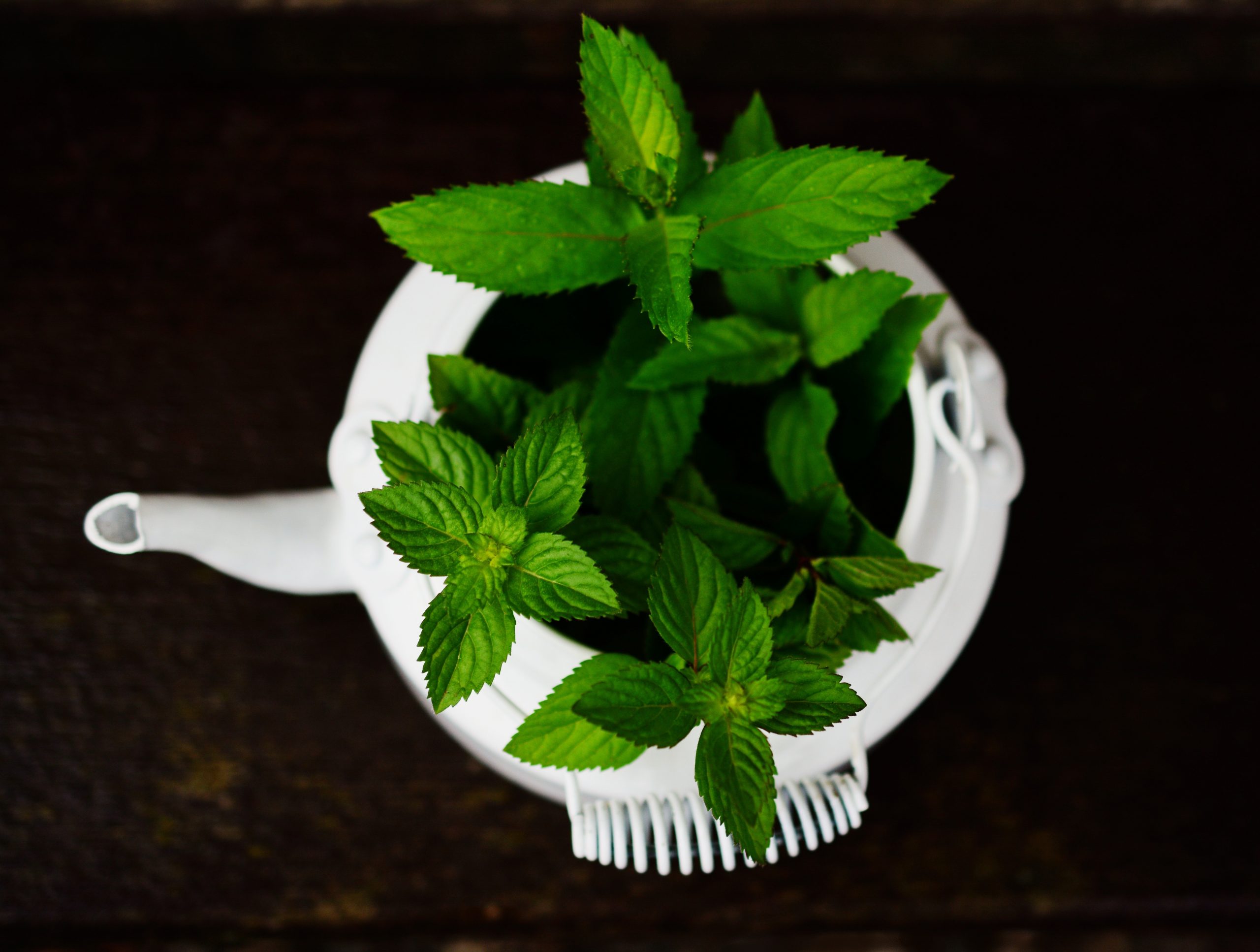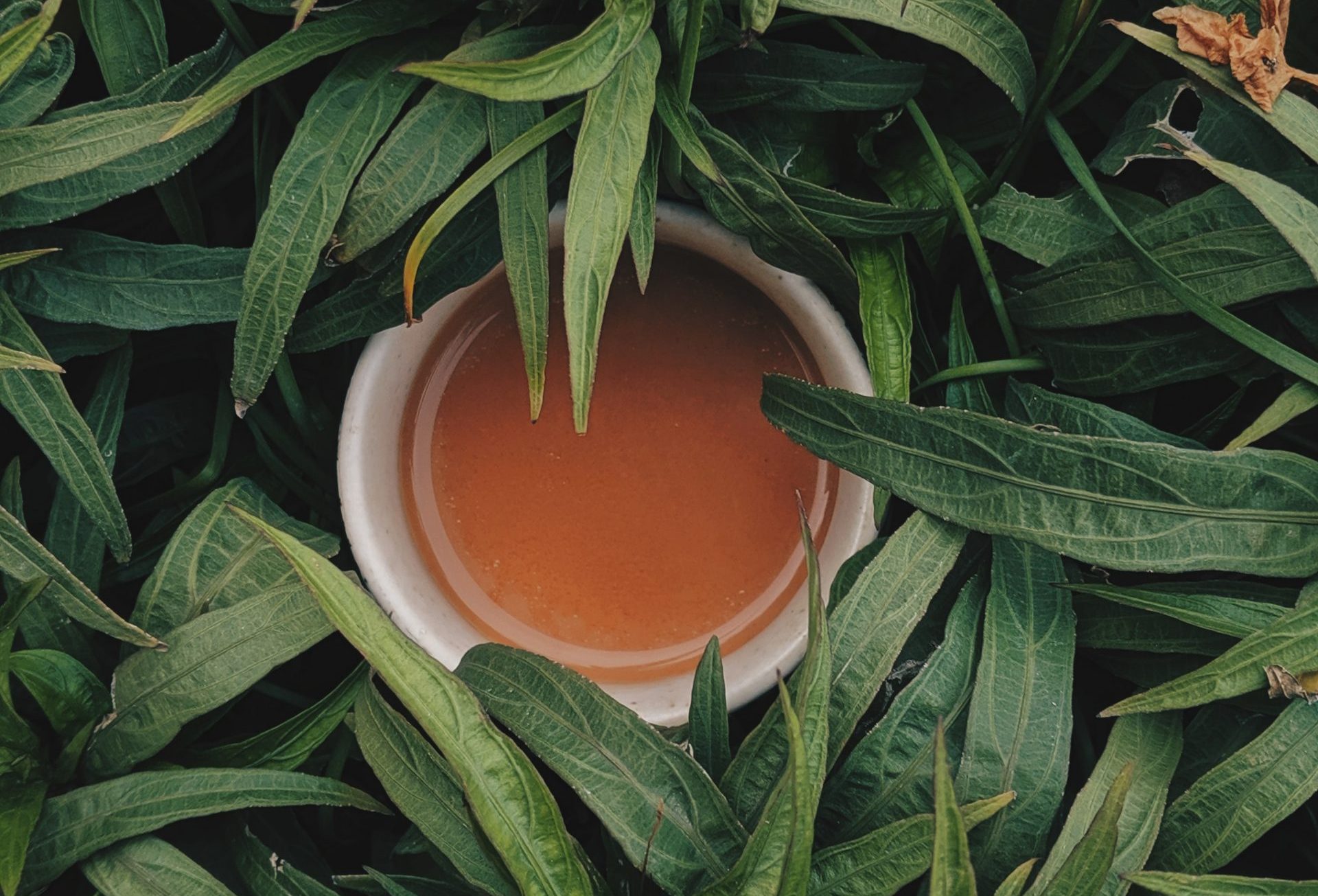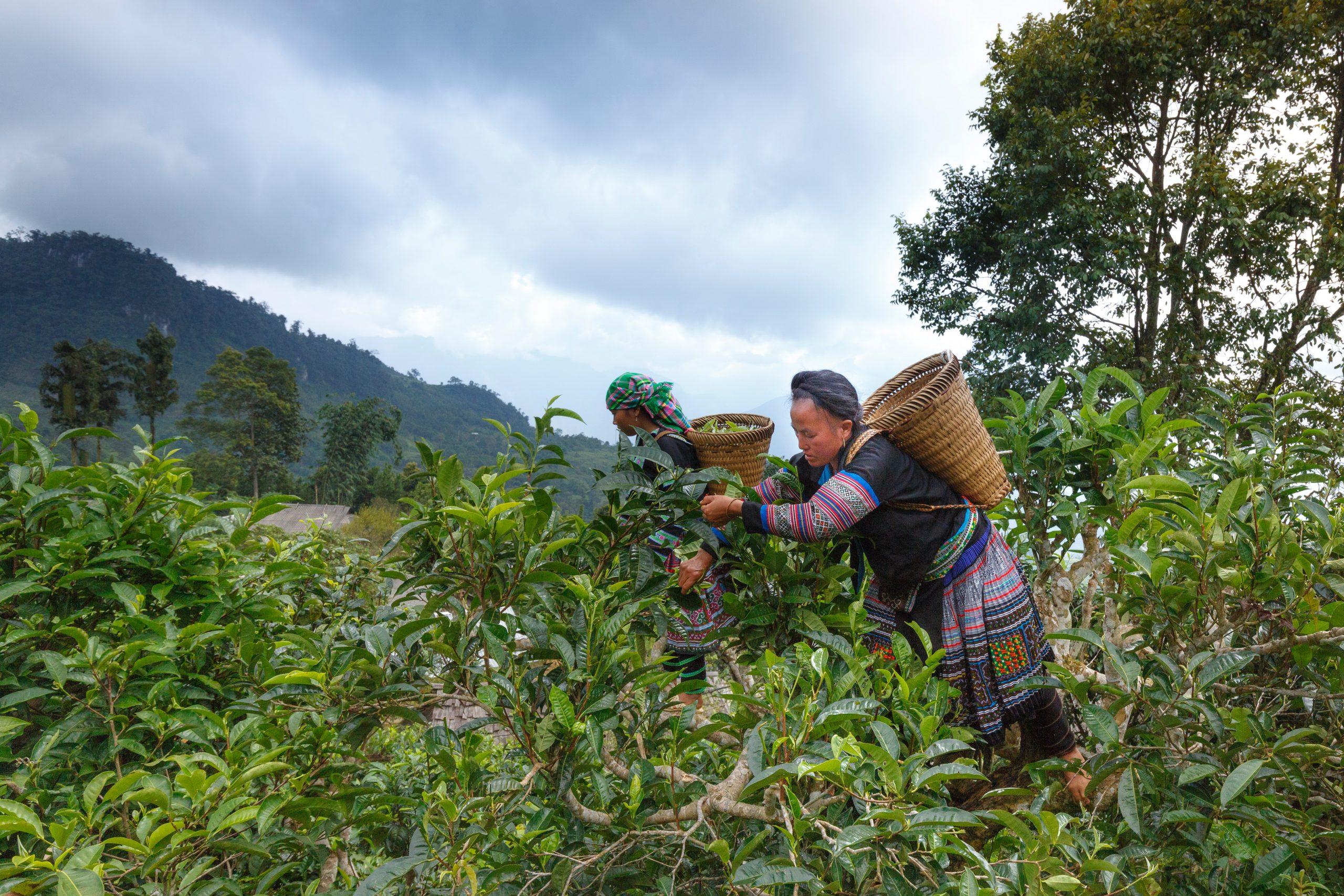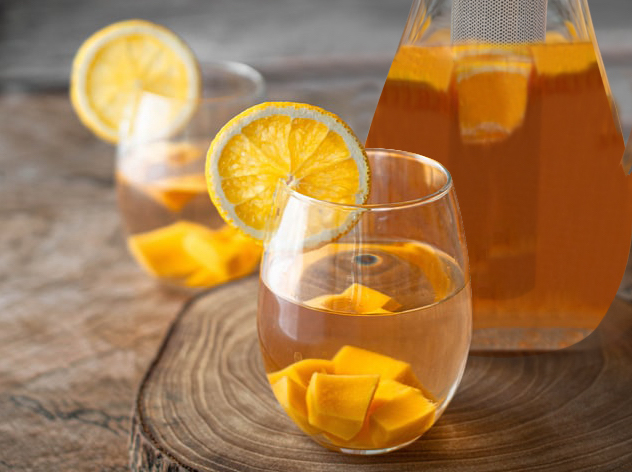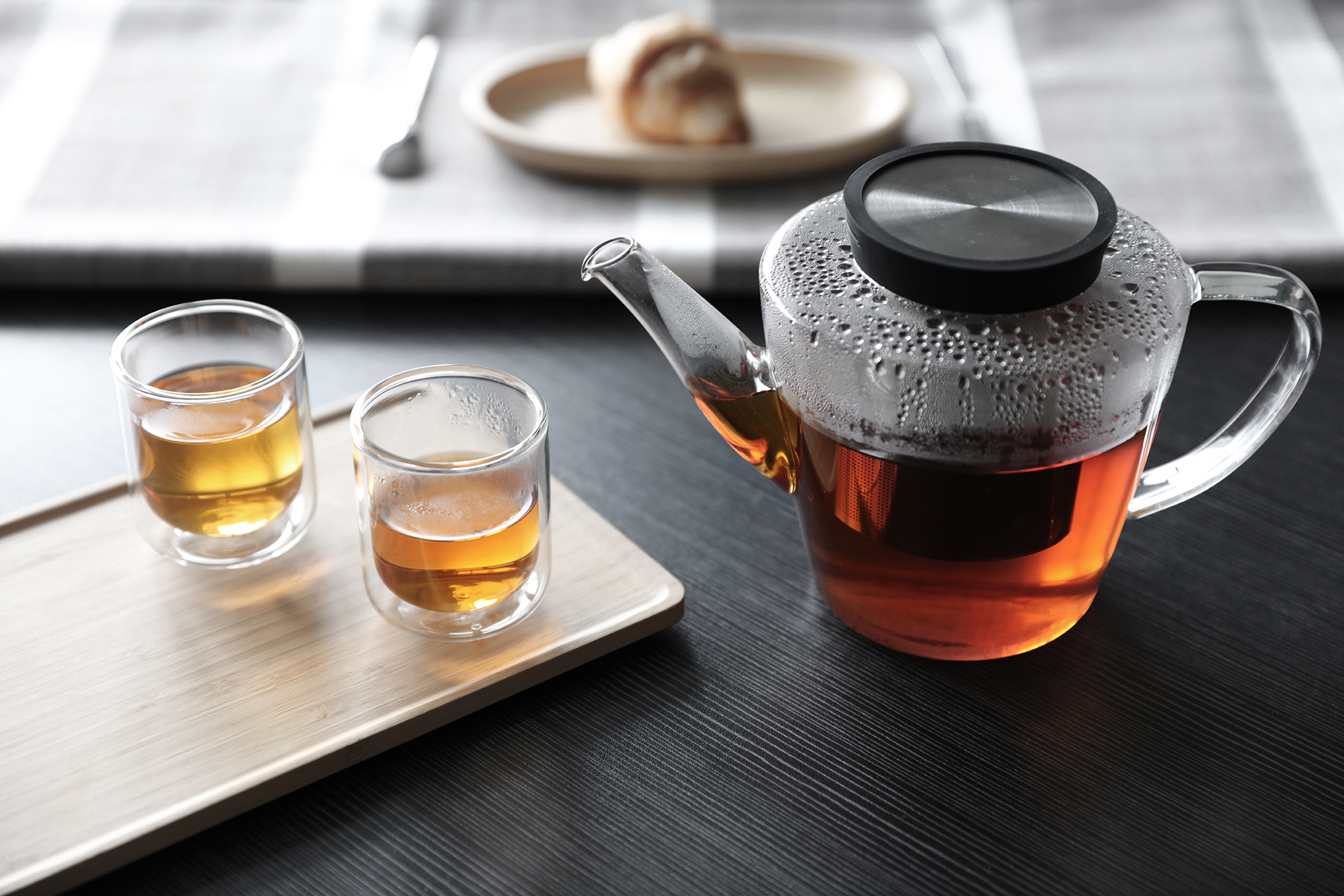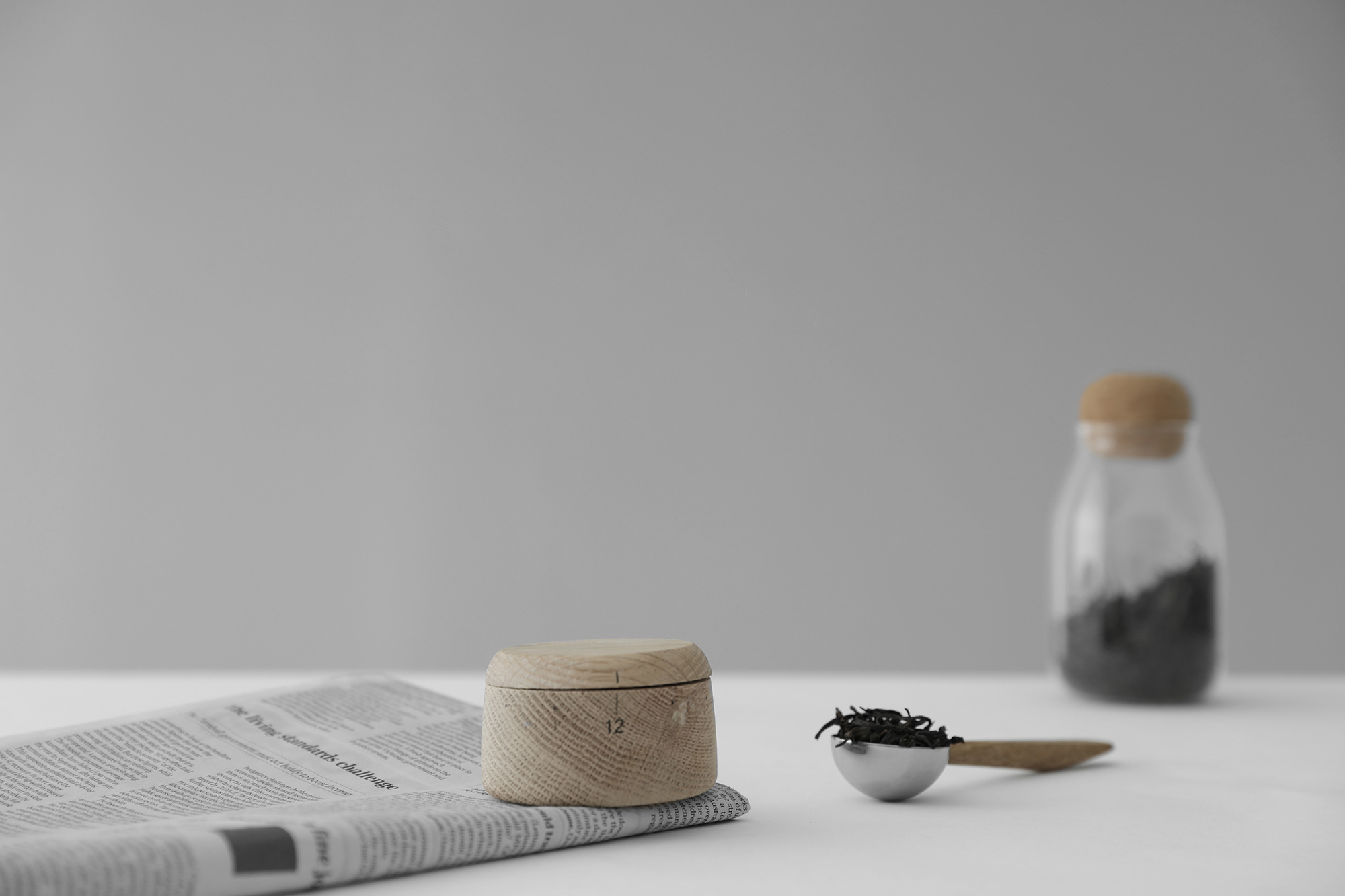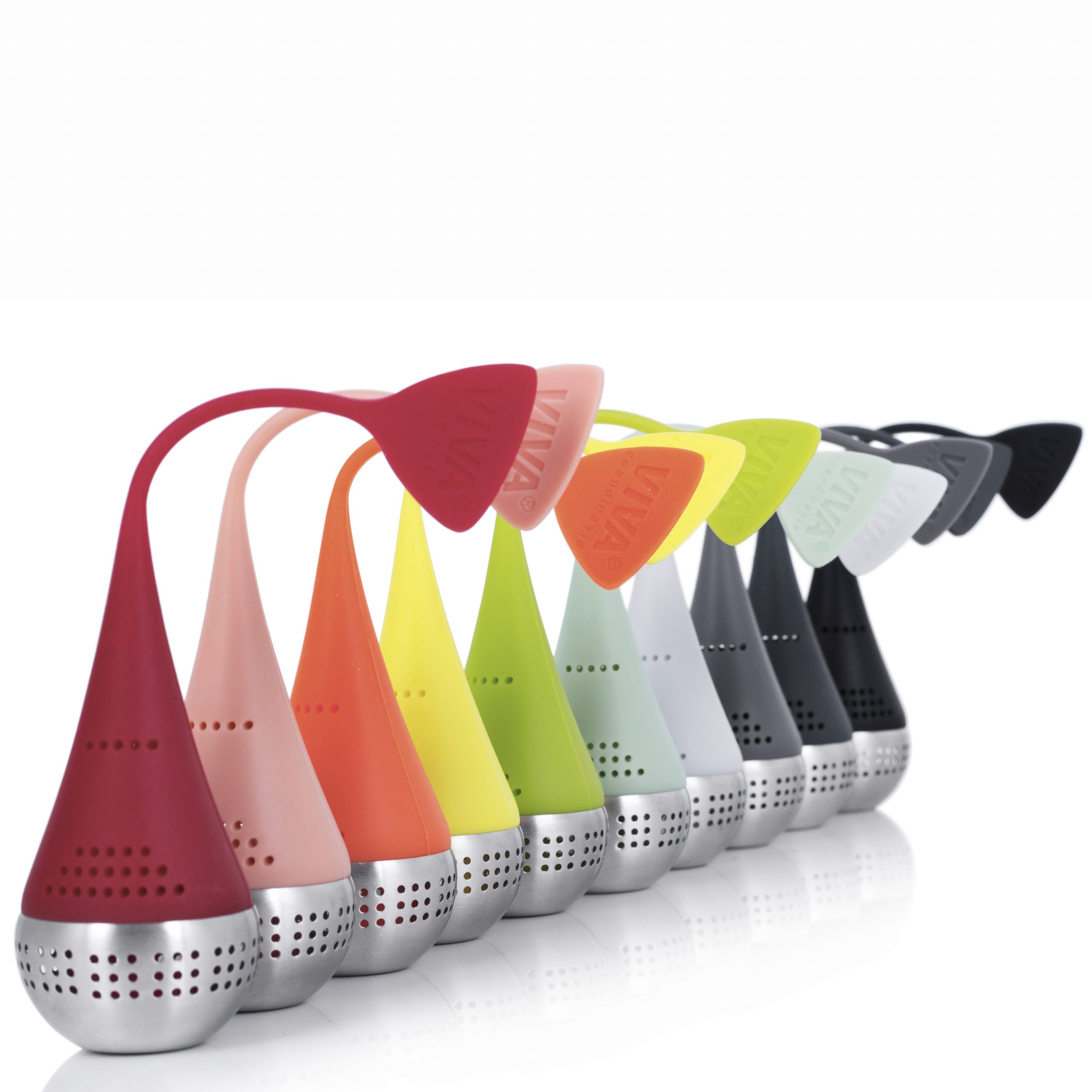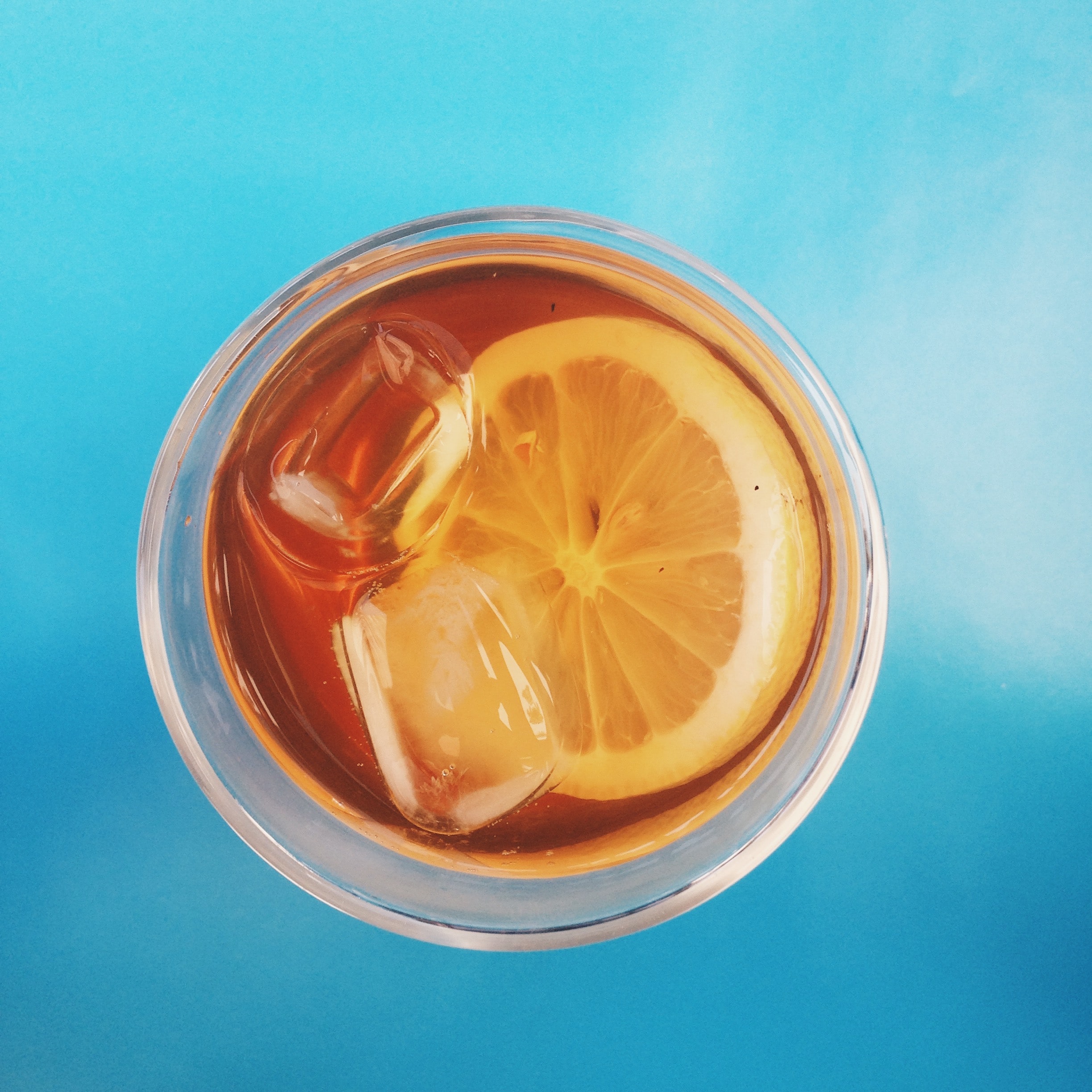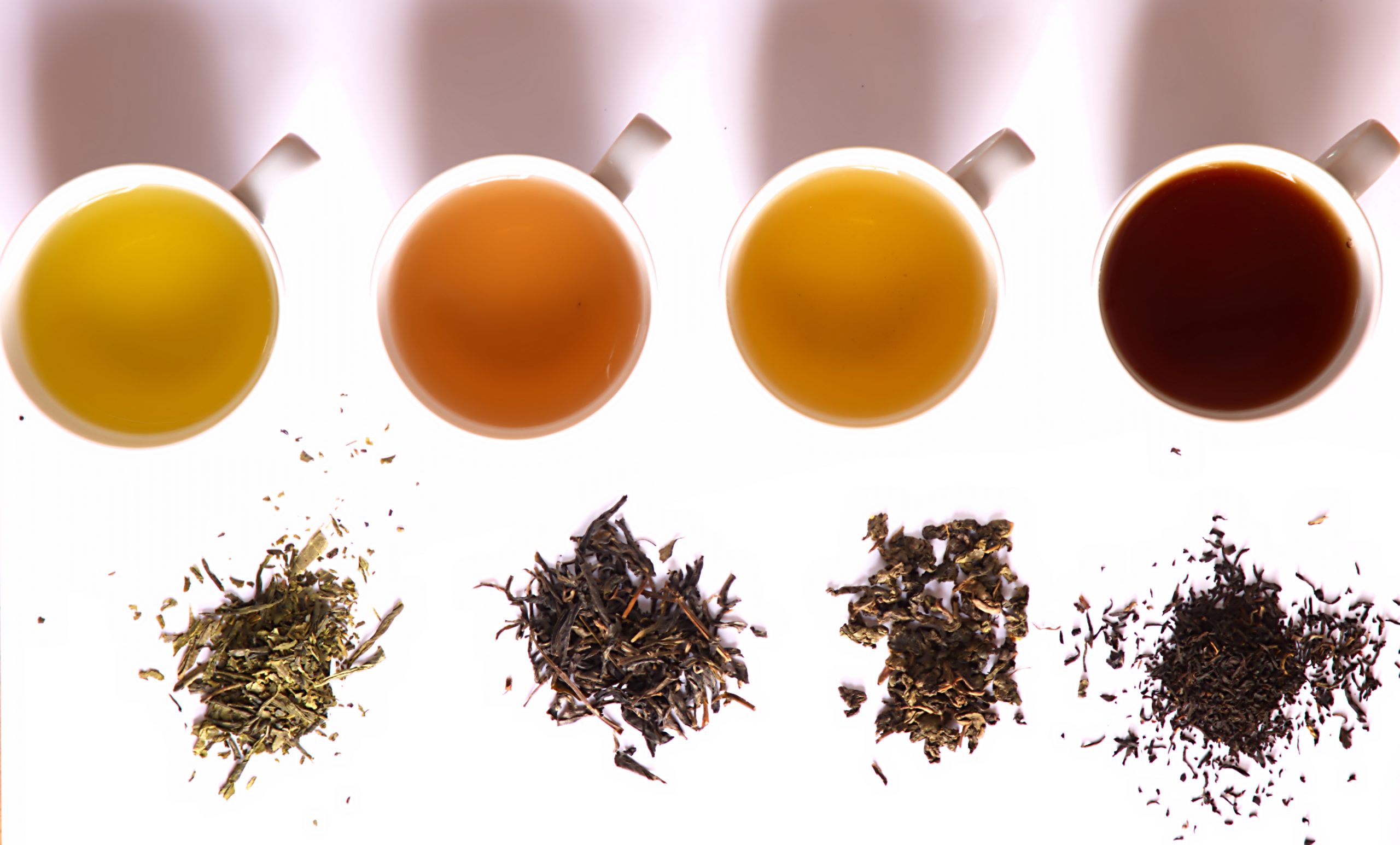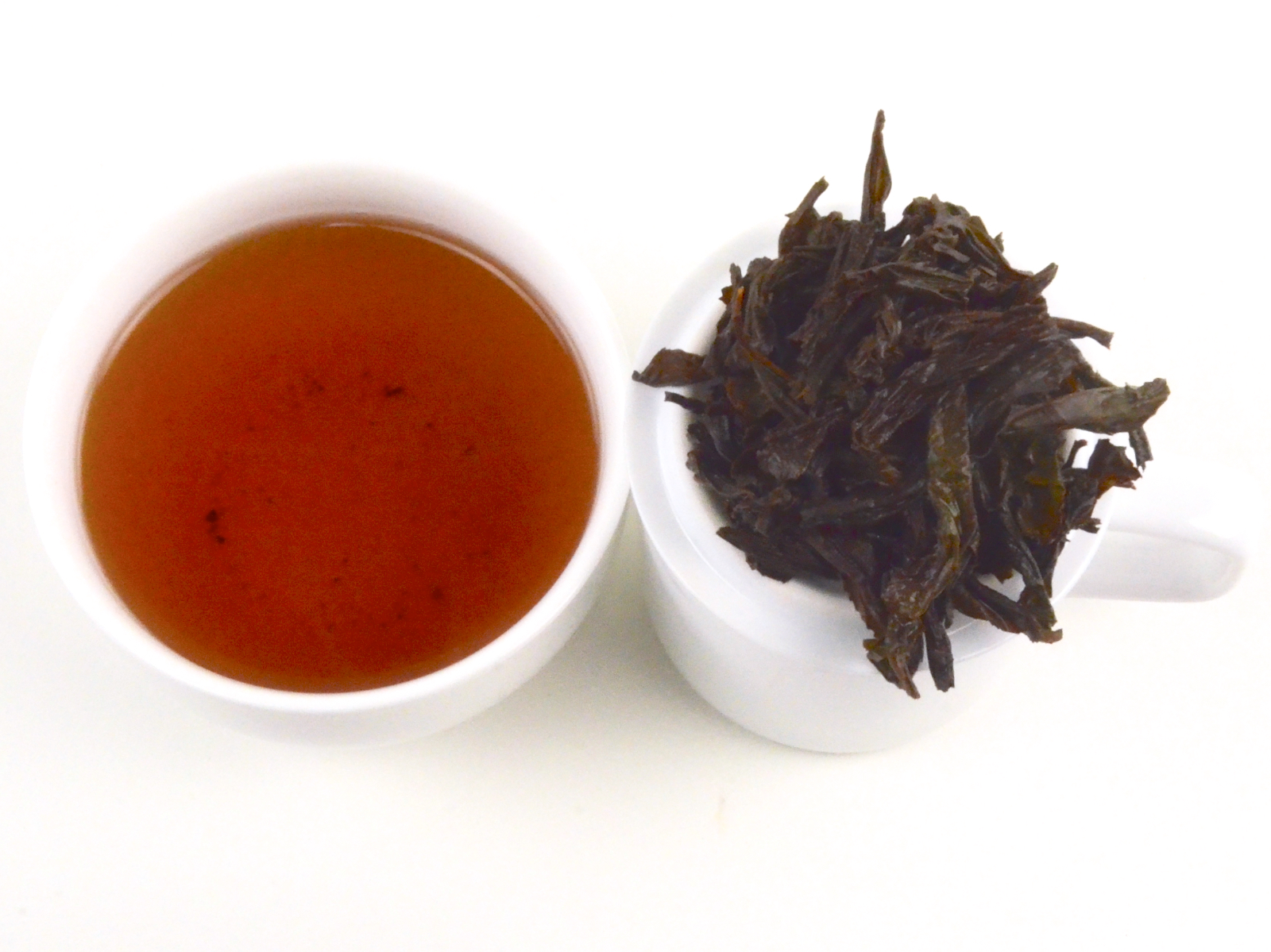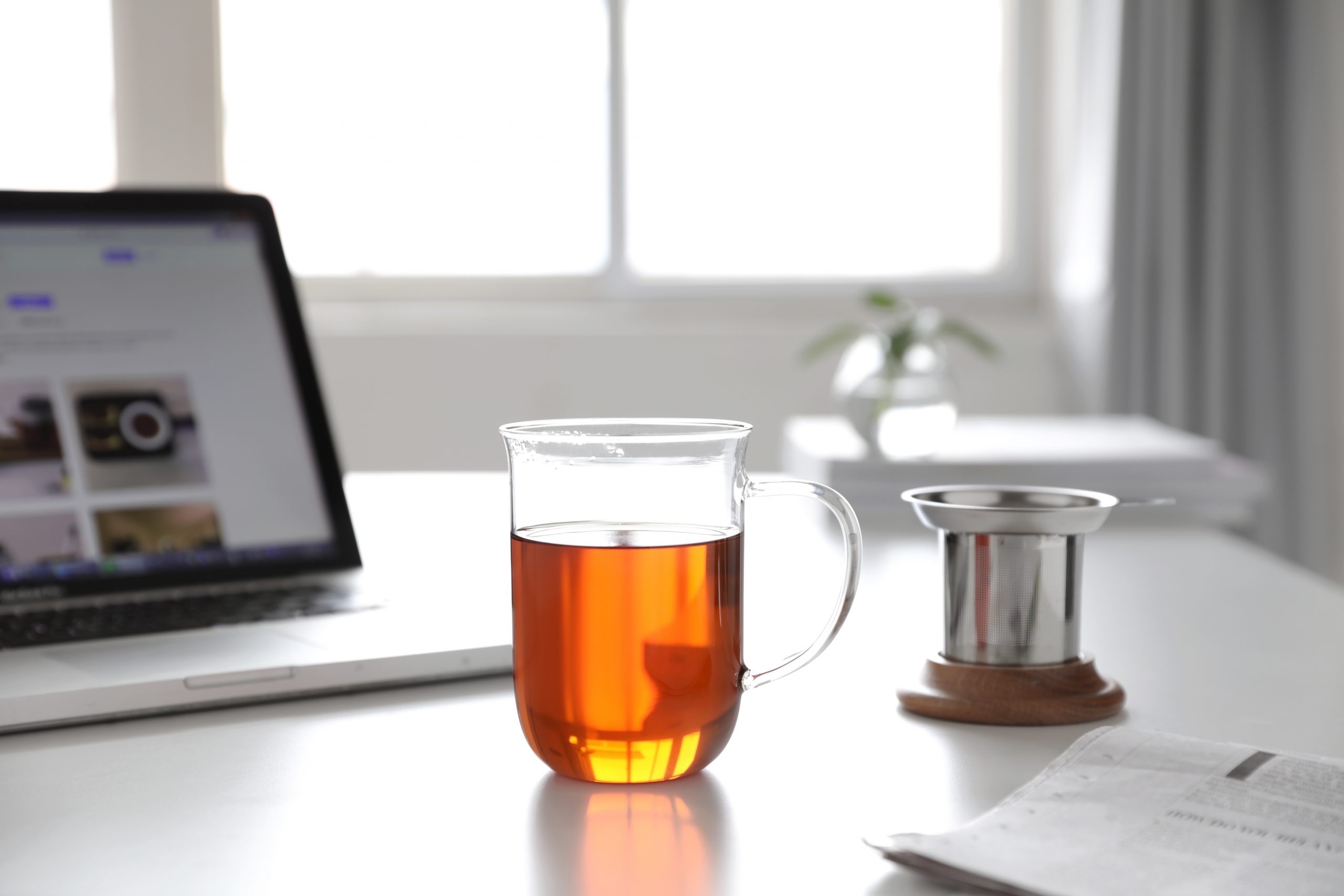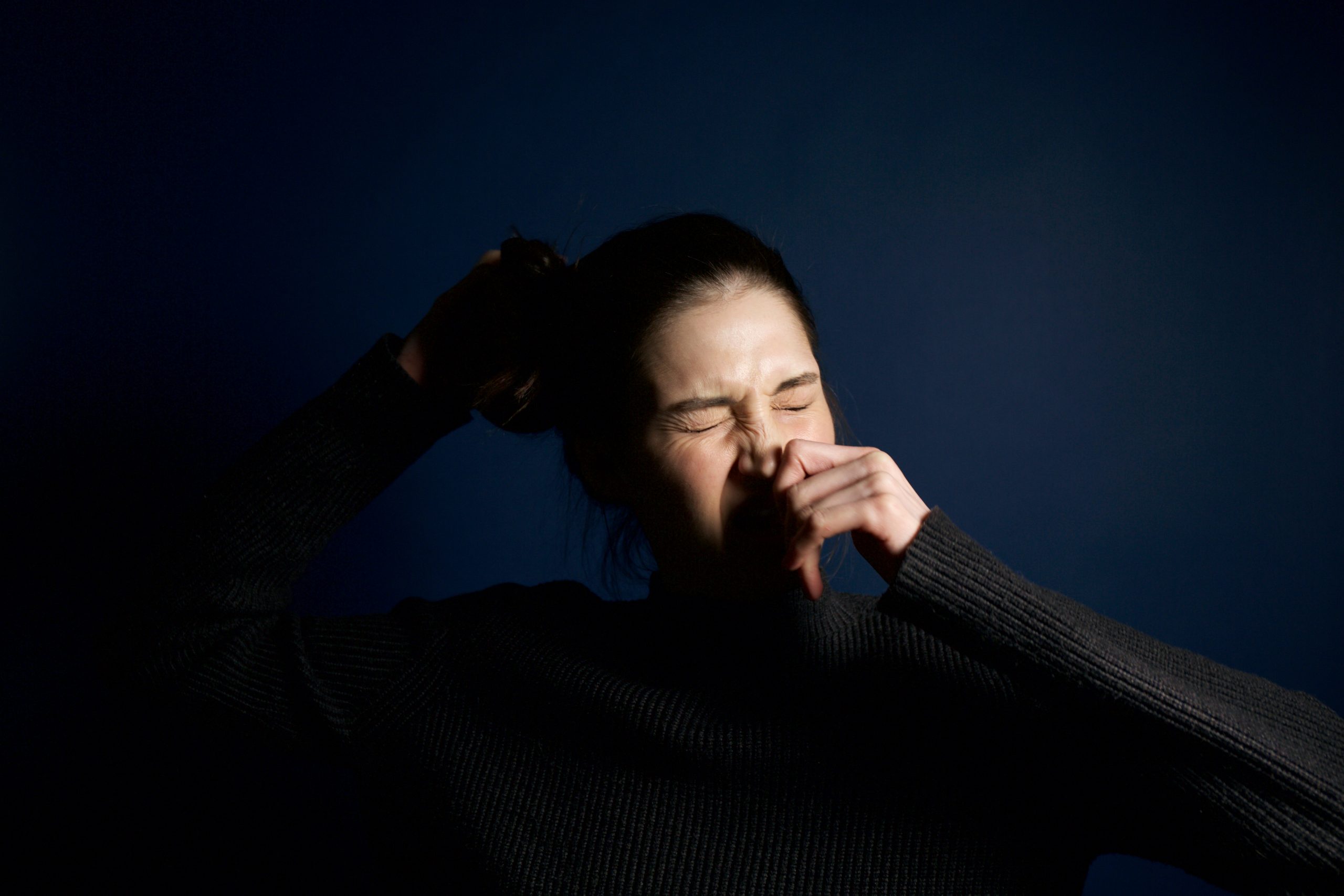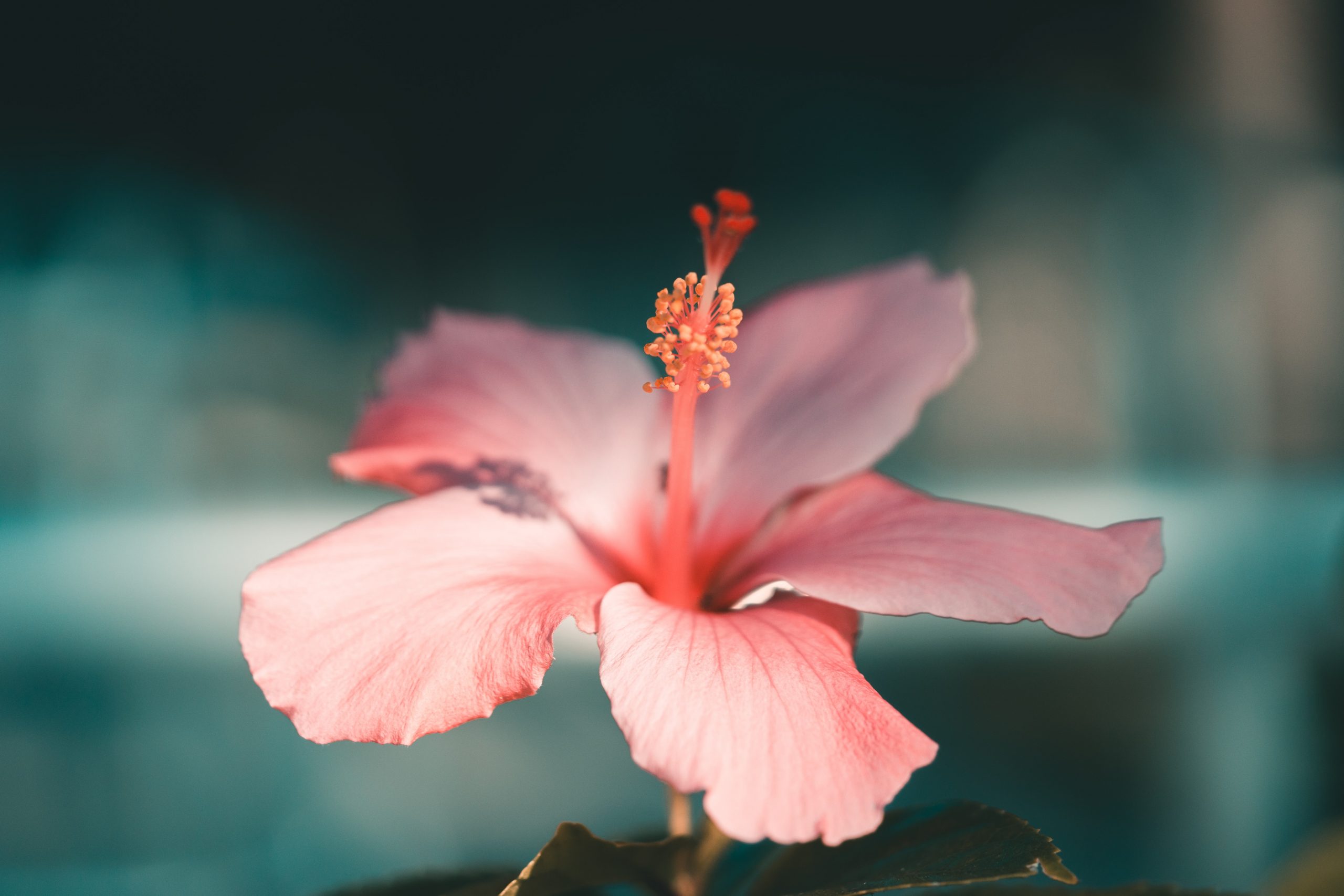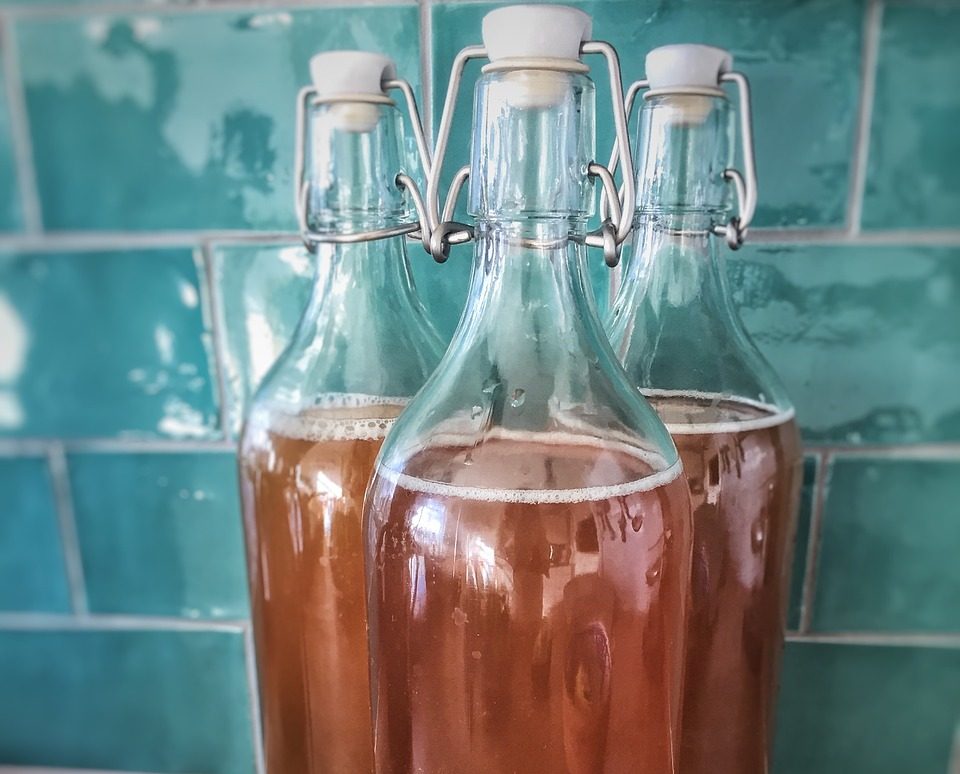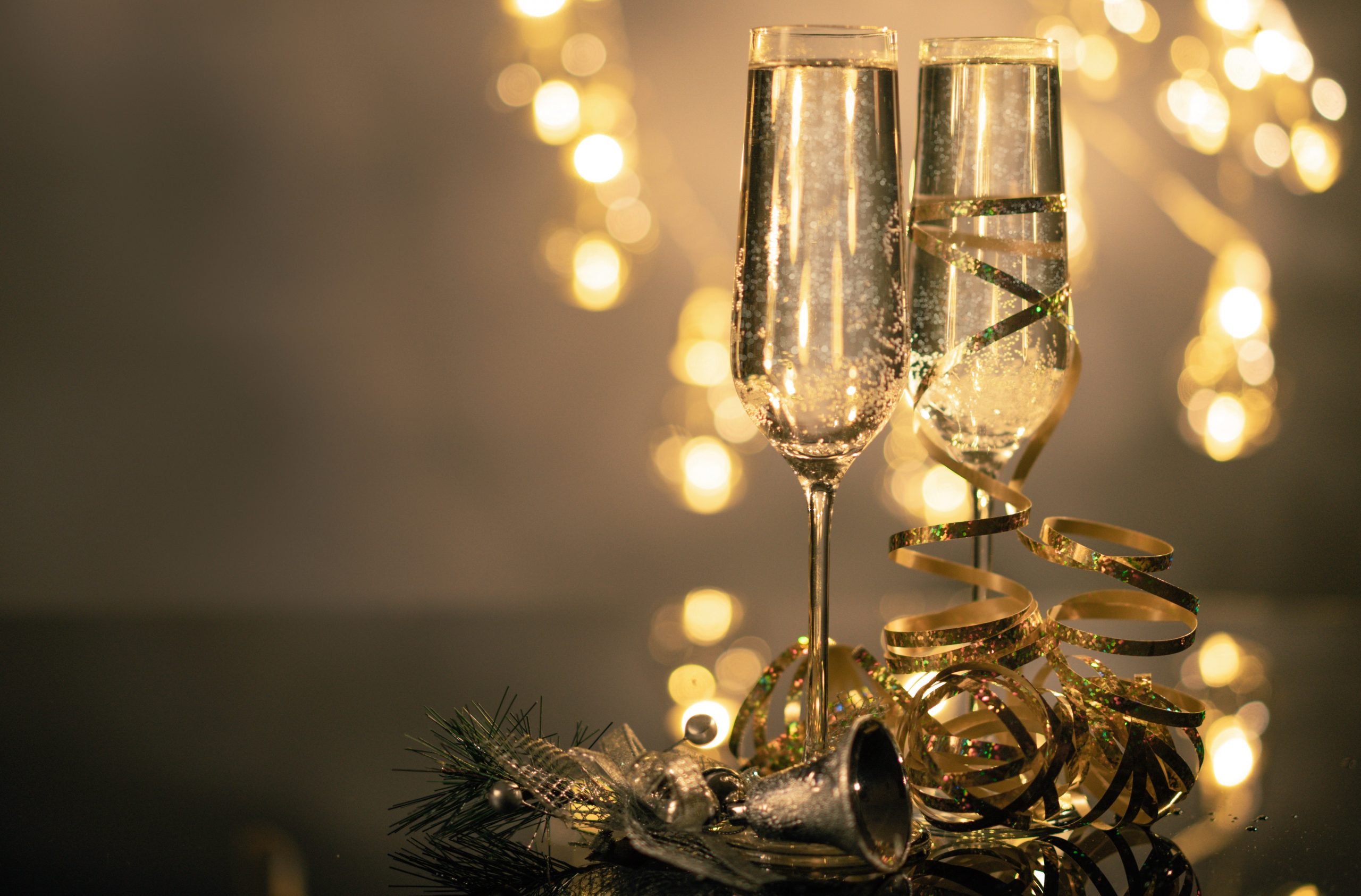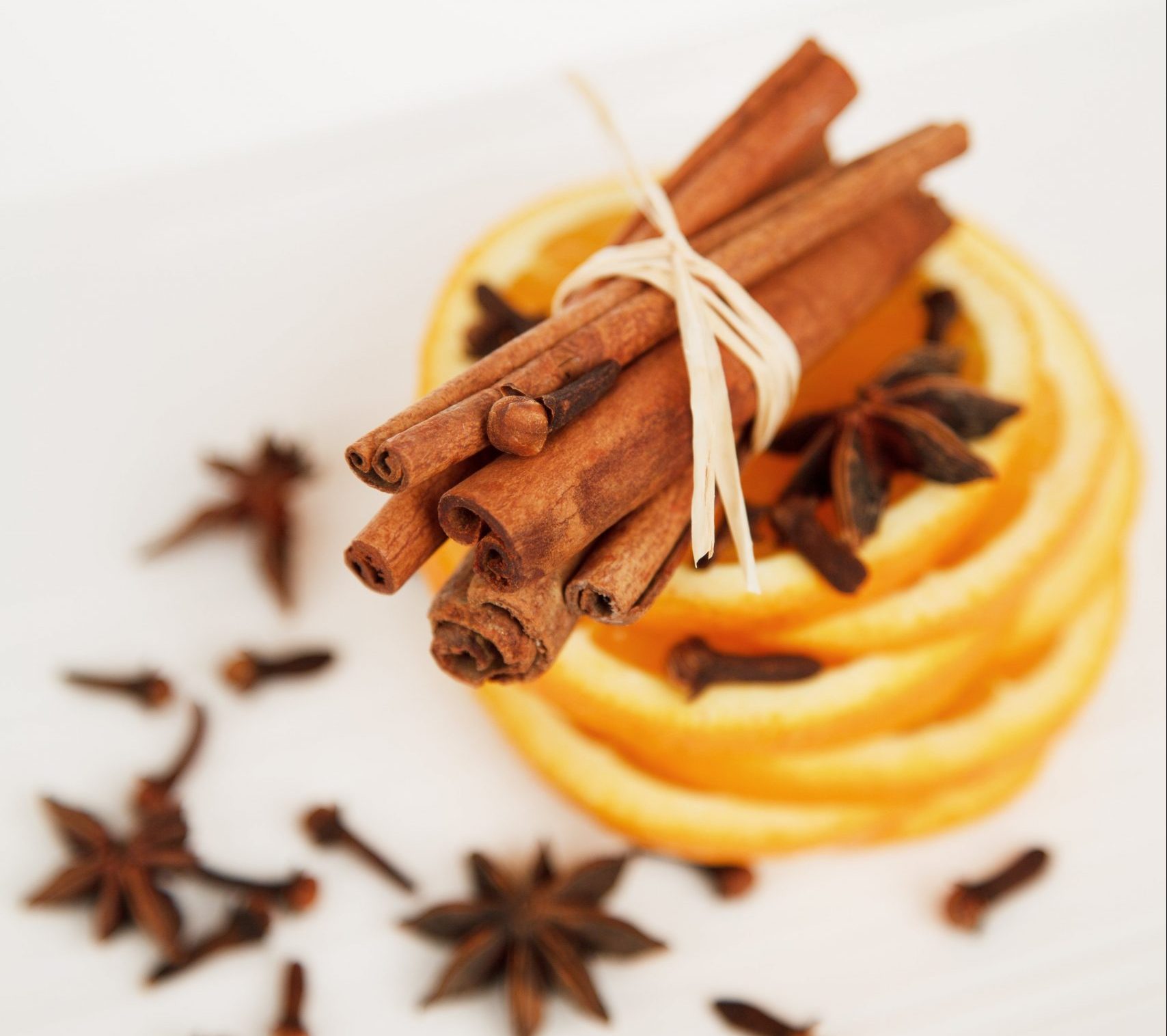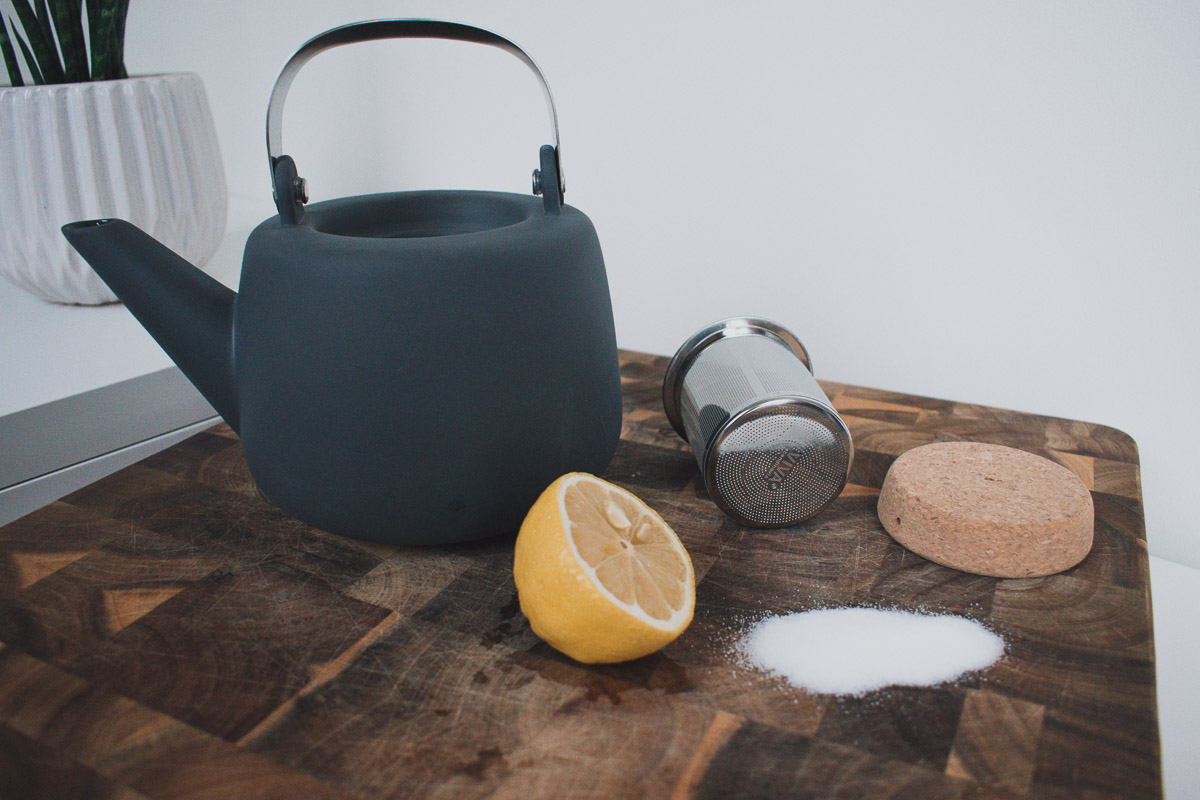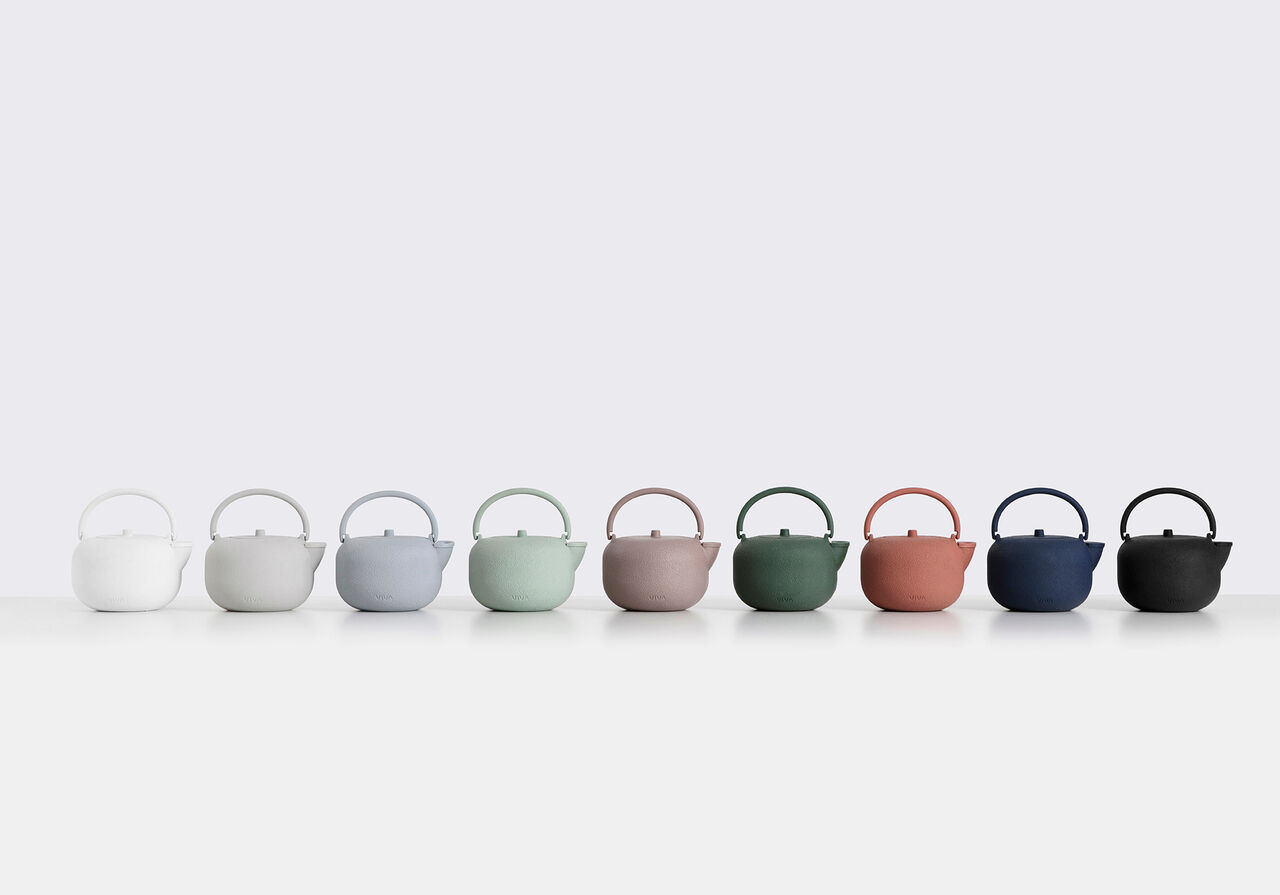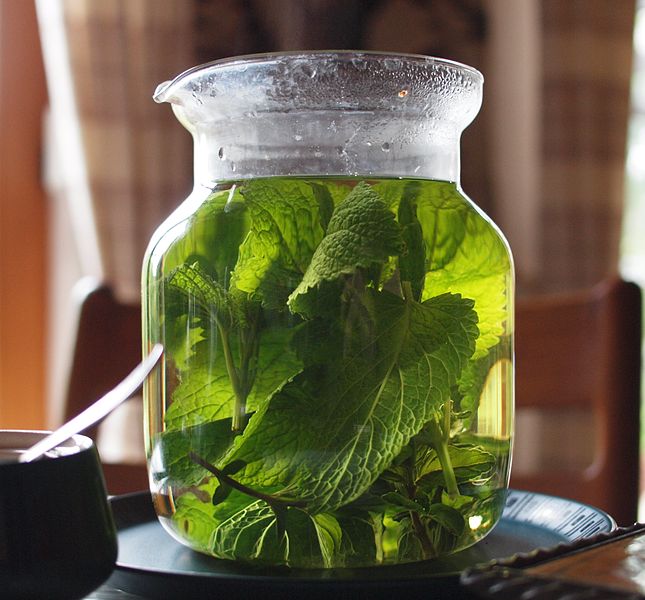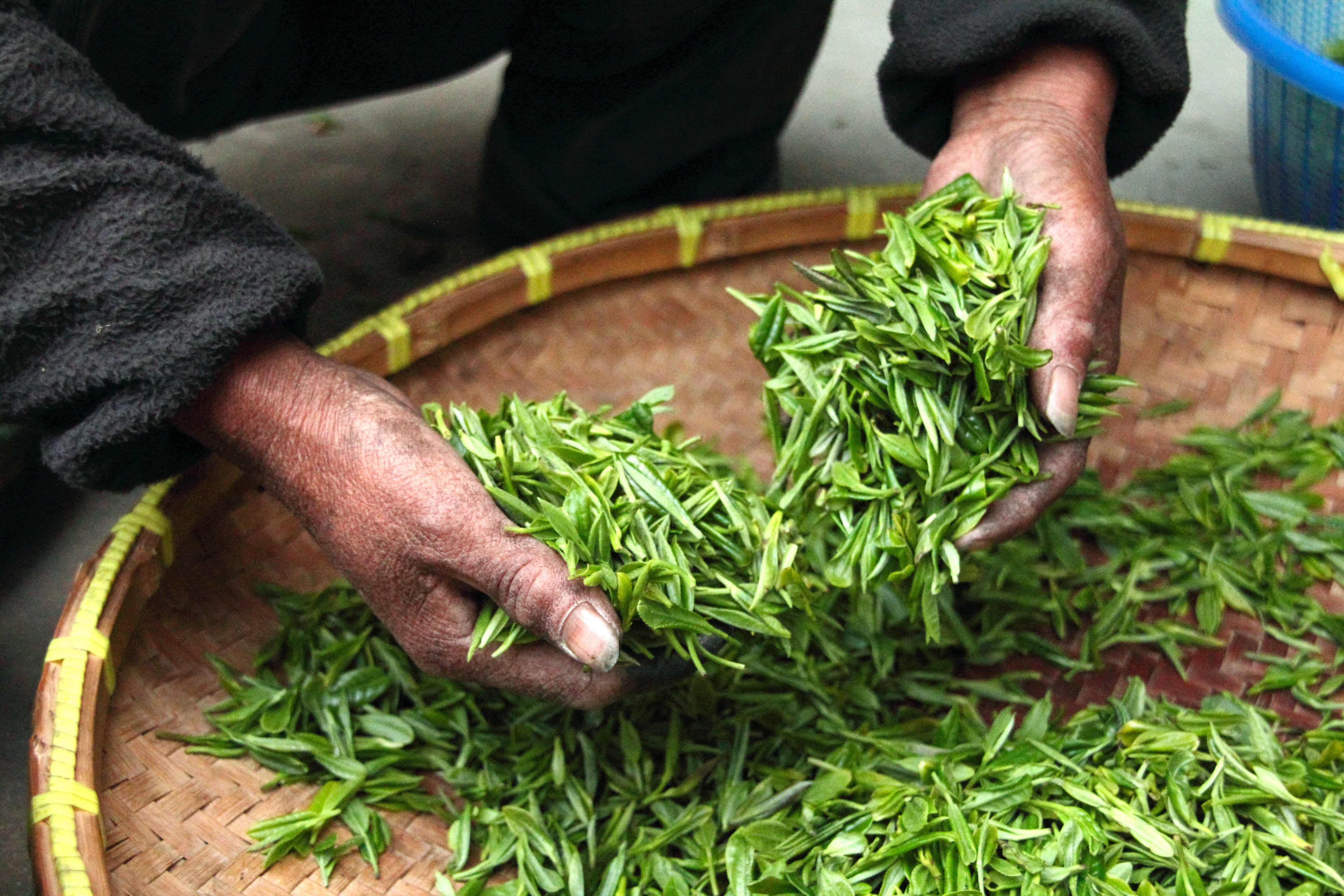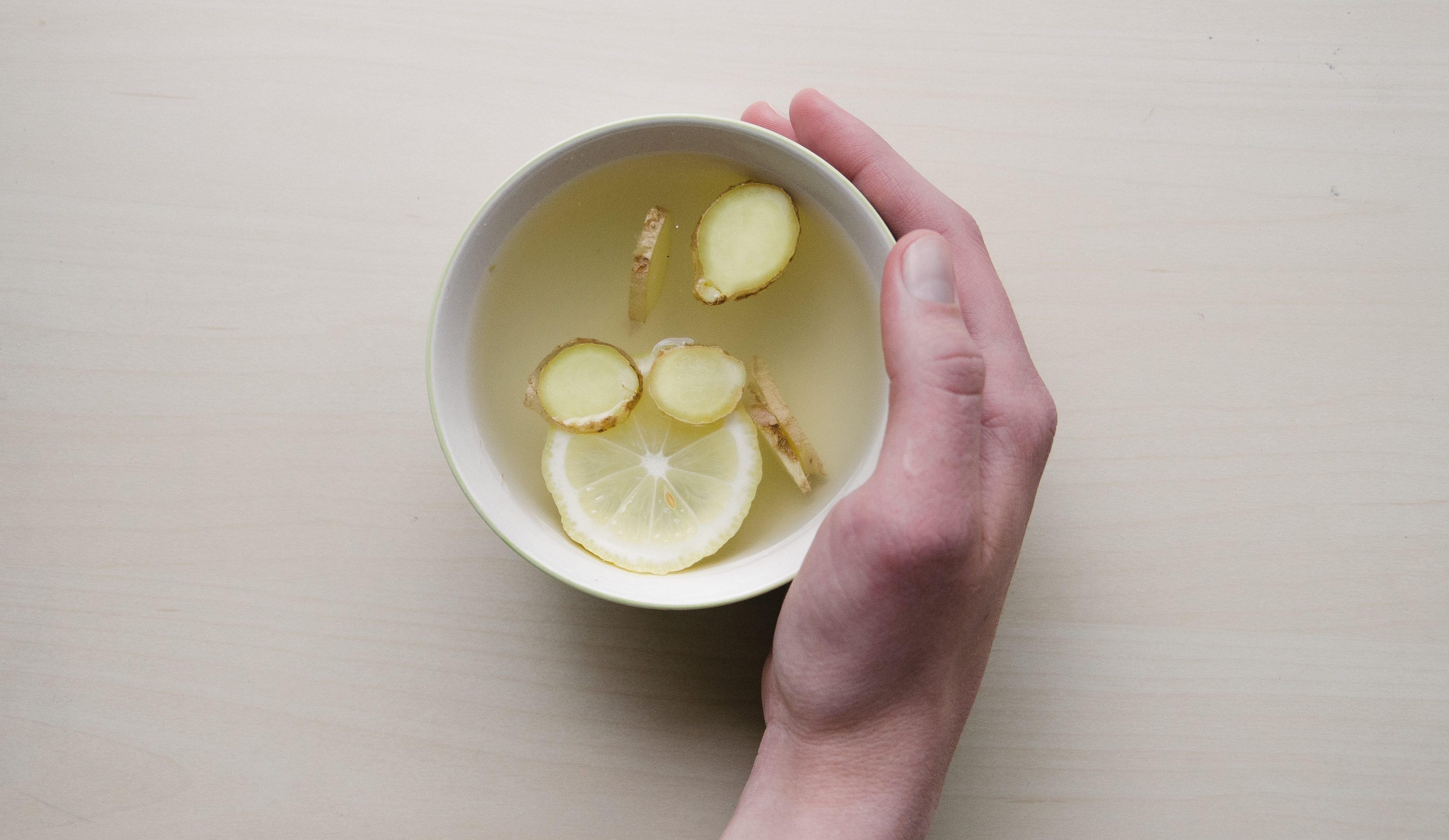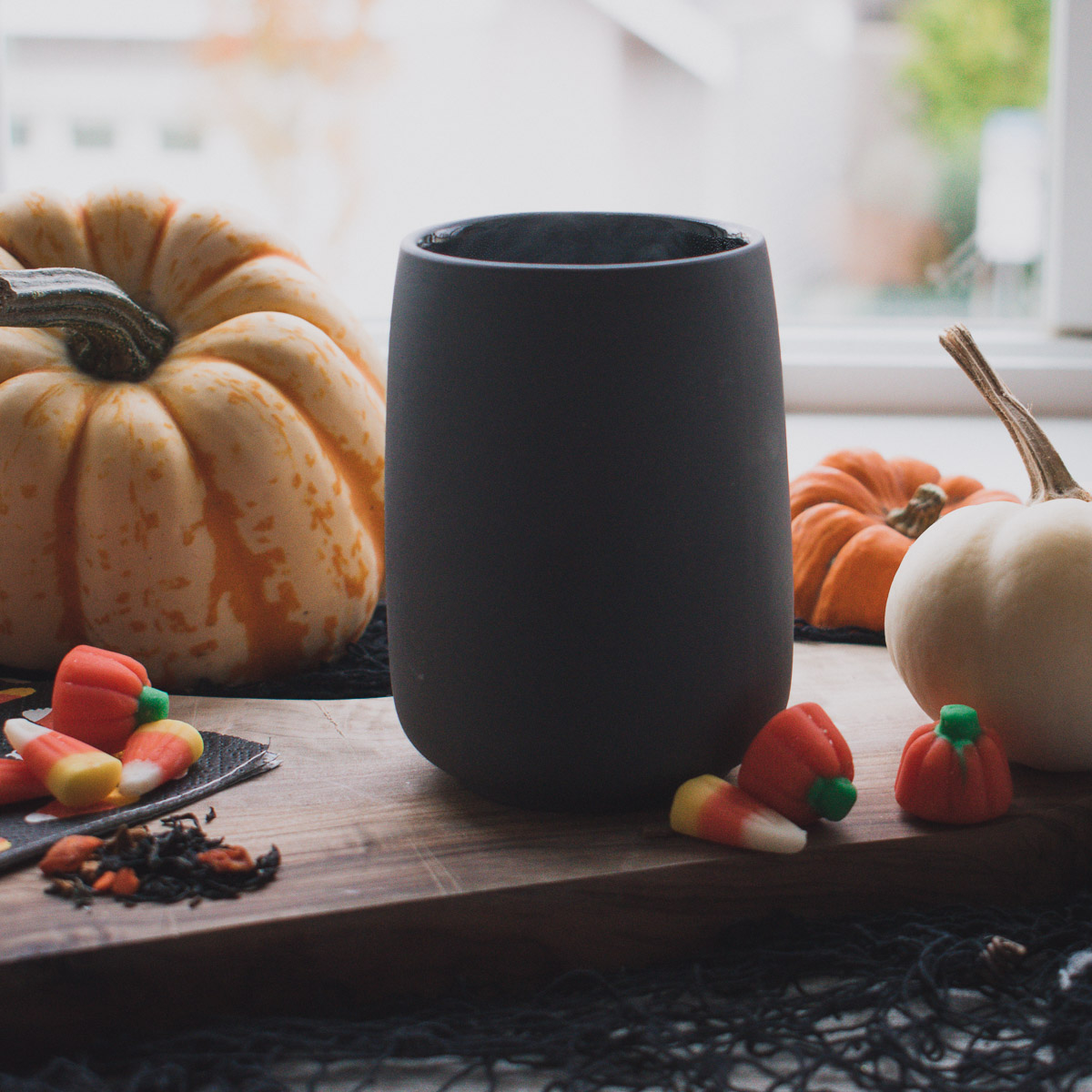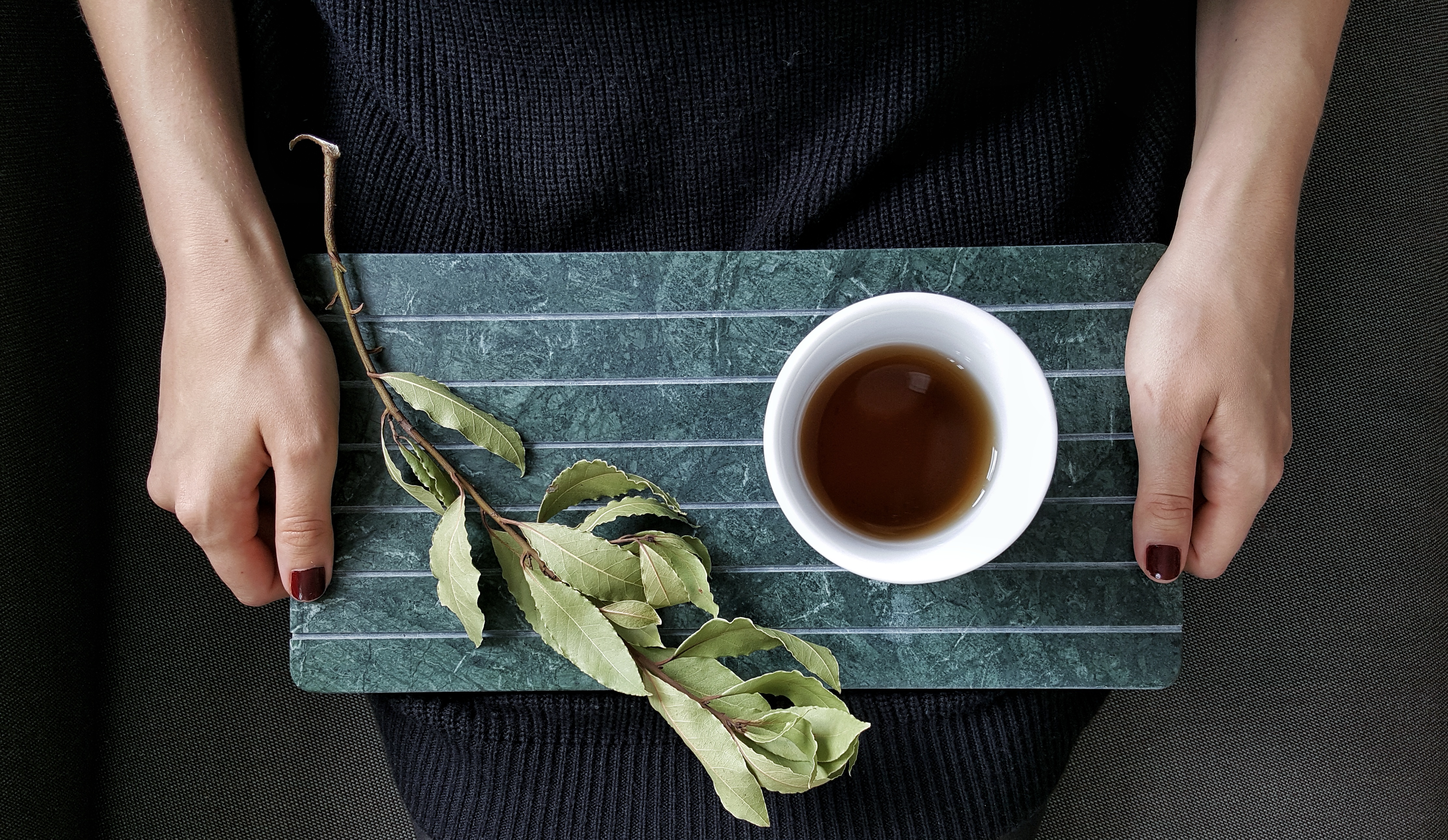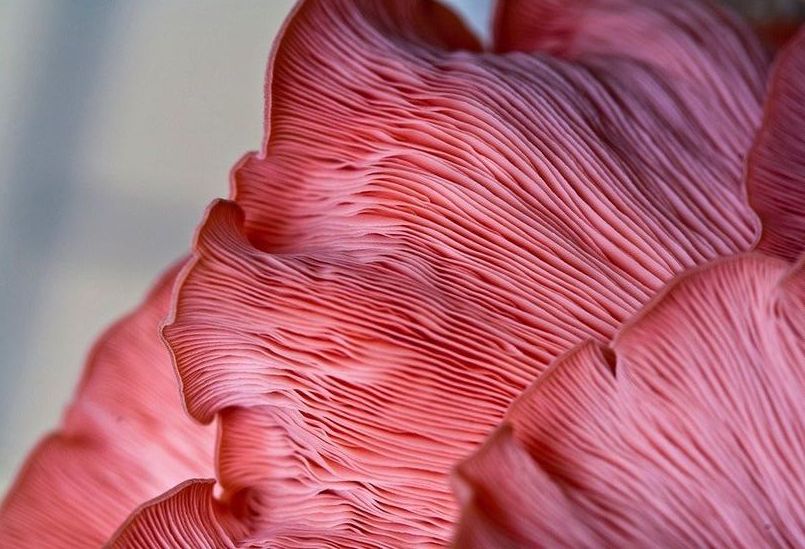A new year can mean many things—from the profound, like hope and new resolutions, to personal, like trying new things and expanding your pallet.
Trying new tea is a blend of sorts.
Tea has an ability to bring people together, calming the mind, healing the body, and manifesting community. Savouring new sips can be a shared experience to bring us together even when we can’t do it physically in the same place.
So we’ve curated a diverse list of teas, including single-origin and blends, that you we think you’ll want to try this year. To turn it into a social occasion, consider sharing this list with a fellow tea lover and finding time to try the teas together whether in person (where possible) or remotely through a phone call or video call.
We’ve made sure these teas are all accessible online, are of high quality and organic. This list offers a mix of loose-leaf and bagged teas.
Green tea
Mate Lemon (Numi Tea, Oakland, CA) features a blend of organic Brazilian Yerba Mate, Australian Lemon Myrtle, and green tea. Yerba Mate is a plant native to South America. While it is often associated with tea, it is not from the tea plant but the holly genus, Ilex paraguariensis. Yerba Mate is traditionally prepared in a hollowed-out gourd and tastes reminiscent of green tea with vegetal and earthy notes. Mate Lemon has a bright and earthy taste with a high caffeine content and yields a beautiful golden straw color once brewed. Sip this hot or iced as we step into spring!
Boulder Blues (The Tea Spot, Boulder, CO) is a blend of two bright green teas, Japanese Sencha and Chinese Dragonwell, combined to create a refreshing taste with wild strawberries rhubarb flavors. Sencha, a widespread tea in Japan, literally means infused tea. The taste is often described as grassy and vegetal. Tea leaves that are going to be made into sencha are steamed, rolled, shaped, and dried immediately after harvesting. Dragonwell, or Longjing Tea is the most classic green tea from China. The tea leaves are collected and hand processed annually in early April. Boulder Blues yields a bright golden color and medium caffeine content while boasting powerful antioxidants.
Hojicha Classic (Hojicha Co., Toronto, Canada) is a Japanese roasted green tea with a rich flavor and a pleasant aroma distinctive of Kyoto. This single-origin tea is made from tea leaves grown in Kyoto that are steamed, rolled, dried, and roasted in small batches. This process helps to remove any bitterness. Hojicha Classic is the perfect introduction to Hojicha with its smoky yet sweet flavor and mild caffeine content.
Black tea
Smith Teamaker’s Assam(Portland, OR) — Assam tea from India’s upper Assam valley is one of the most astringent black teas—it is less floral and has more bread flavor than other origins. Assam is a typical breakfast tea although it is also the perfect pick-me-up for any time of day due to its high level of caffeine. Smith Teamaker’s Assam is rich with notes of caramel and malt. It produces a deep amber colored brew.
Golden Yunnan (Rishi Tea, Milwaukee, WI) or Dian Hong black tea, is harvested from China’s southwestern Yunnan Province. This black tea has impressive strength, density and refined finish. It boasts high caffeine and a beautiful ruby brown color. Tasting notes include hints of peppery spice, chocolate and a deep malty finish.
Read also: How to Choose Quality Loose Leaf Tea
Oolong
Alishan Oolong (Cha Bay, New York, NY) — This oolong comes Taiwan is grown at 1800 meters. It is lightly oxidized with evolving tasting notes that reveal themselves from first blush of heat starting with vegetal hints to spicy cinnamon and a cooling finish. The tea brews a pale golden color and has mild to moderate caffeine content. Oolong is neither a black tea nor a green tea, but it may contain more black tea characteristics or more green tea characteristics depending on its processing. While black tea is fully oxidized and green tea is hardly oxidized, oolong falls somewhere in the middle depending on the production style.
Oolong tea is rich in antioxidants, which are known to protect the body against cellular damage and strengthen the immune system, leading to healthier skin and a stronger body. Other benefits of oolong green tea include reducing the risk of chronic diseases such as heart disease, stroke, and diabetes. It is also known to boost metabolism, promote weight loss, and improve brain function. These impressive benefits of oolong green tea make it a great addition to your daily diet and a popular choice among health enthusiasts.
White tea
Yunnan Silver Needle (Smith Teamaker, Portland, OR) — This white tea is harvested in the spring from the terroir of Yunnan and is made from only the bud of the tea bush. Yunnan Silver Needle yields a subtle, pale golden color and delicate floral notes including hay, bitter greens and honey. But don’t be fooled! Despite the pale delicate color, this tea has moderate caffeine content. Often, white tea is associated with low caffeine content, but that is not always the case. Many factors contribute to the level of caffeine found in a tea including where it originated, how it was processed, and how it is brewed and consumed.
White Peony Tea (Rishi Tea, Milwaukee, WI) — White Peony, or Bai Mu Dan, is a popular white tea style made of young tea leaves and silvery unopened leaf buds. This white tea comes from Zhenghe town in Fujian Province, China. Distinguished by being plucked in bud sets (one or two leaves and a bud), this tea has a refined mouthfeel, a deep golden color and high caffeine content.
Rooibos
Blood Orange Smoothie (The Tea Spot, Boulder, CO) — This blend of South African red rooibos has orange peel, hibiscus, rosehips, safflowers, rose petals, vanilla, and citrus flavors. The herbal infusion brews into a dark red liquor color with a sweet, creamy taste and aroma. Because rooibos (Aspalathus linearis) is an herbal tea (not from the tea plant, Camellia Sinensis), this blend is caffeine-free.
Chocolate Rooibos (Numi Tea, Oakland, CA)This one is prefer for sipping on a cold winter day. An organic rooibos blend infused with cocoa powder, cocoa shells, honeybush, and sweet vanilla. It has a deep and mellow vanilla taste with a beautiful rich red-brown liquor. While this blend is made with herbal tea, which is naturally caffeine-free, it does contain chocolate, which does contain some caffeine.
Pu’er
Everyday Raw Pu’er (Mansa Tea, New York, NY) – Pu’er is an aged tea sometimes known as dark tea. This single-origin pu’er has been slowly fermented from Menghai, Yunnan Province, China, and has been aged 13 years. Everyday Raw Pu’er is mellow and full-bodied with a long finish. Tasting notes include sandalwood, musk, and pine needle. It’s a good idea to rinse the tea leaves before brewing for five seconds. This practice “preps” the leaves to release more flavor during brewing. This tea has high caffeine content.
Everyday Ripe Pu’er (Mansa Tea, New York, NY) – This ripe pu’er has had its fermentation expedited by wet-pilling the tea leaves through the controlled addition of heat and moisture to raw pu’er. It is a fully fermented tea from Yunnan Province, China, that has been aged for nine years. Expect earthy notes with hints of sweet rice and earth. Rinse the tea leaves for about 10 seconds before brewing to release the flavor and awaken the leaves. Like the other pu’er on the list, this tea has high caffeine content.
